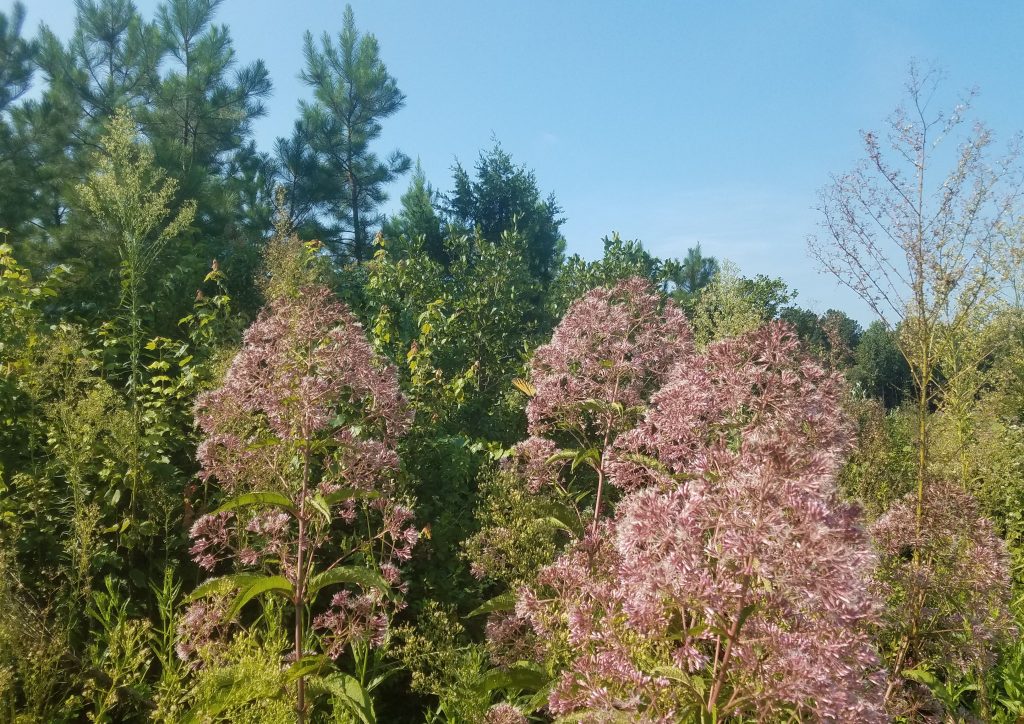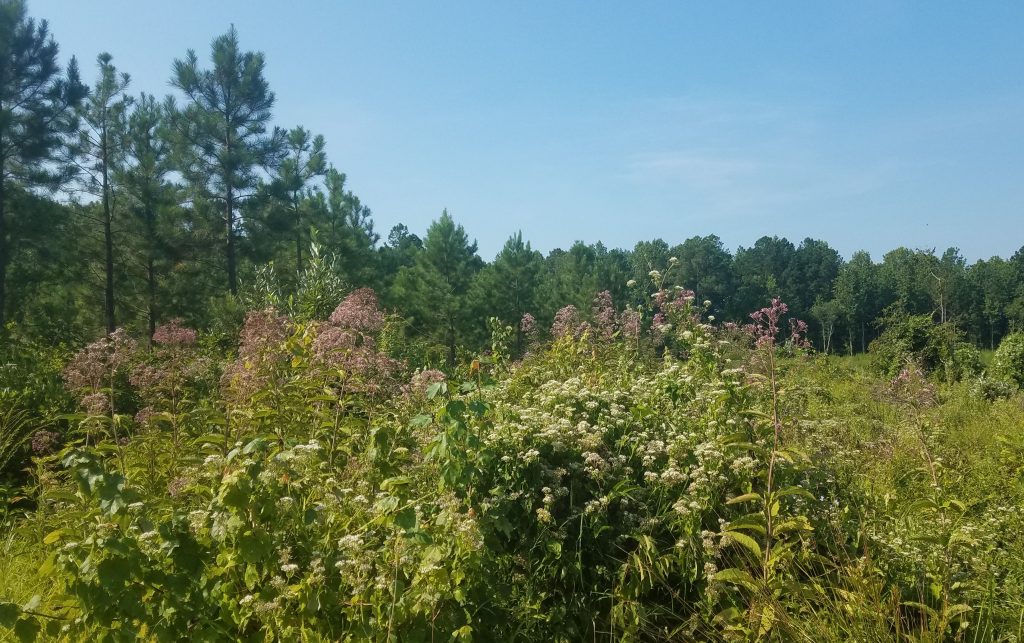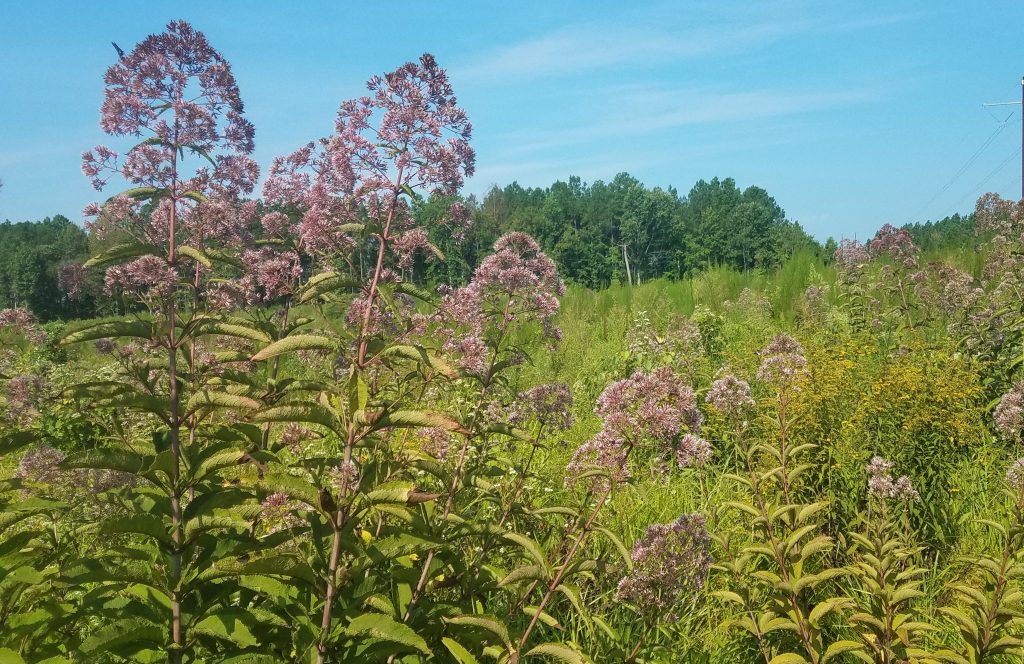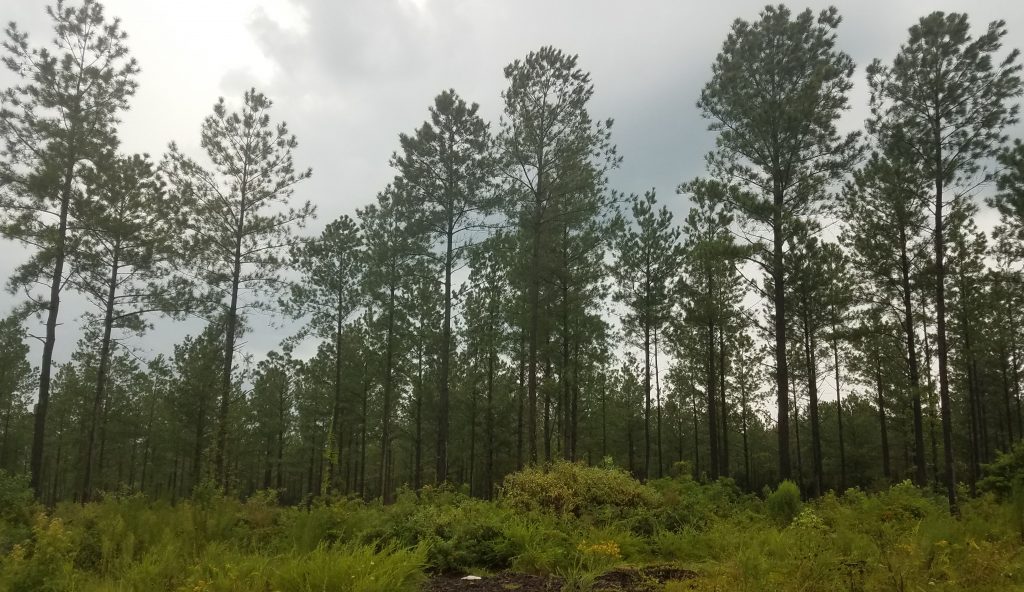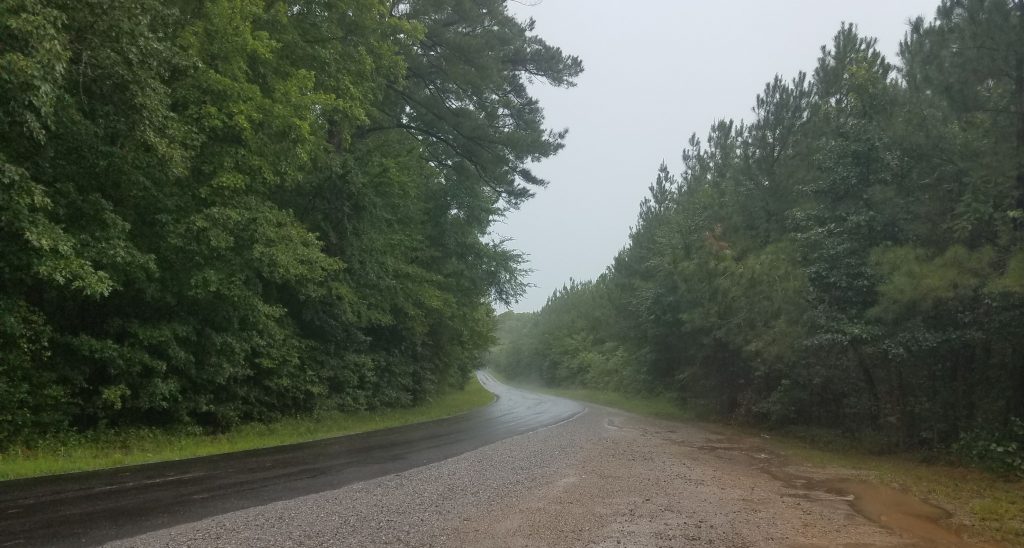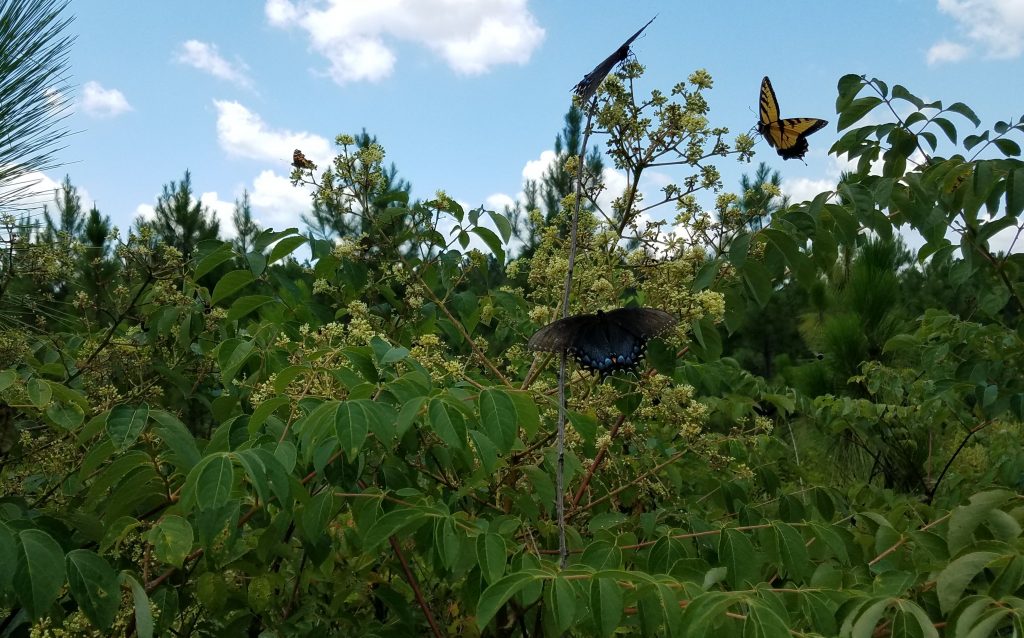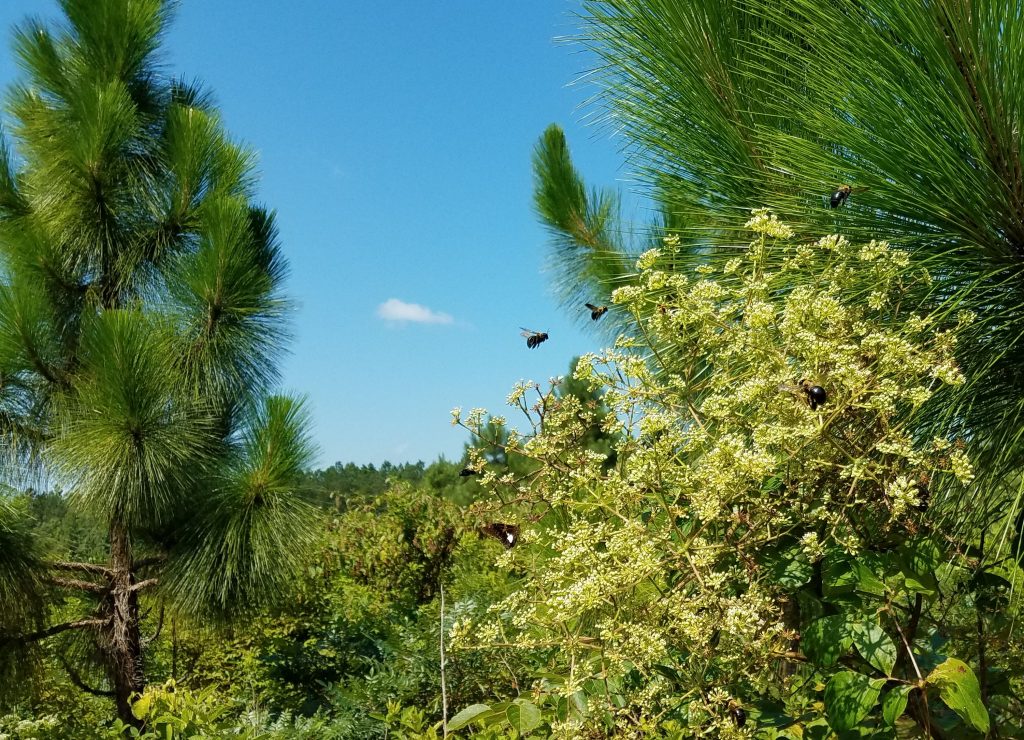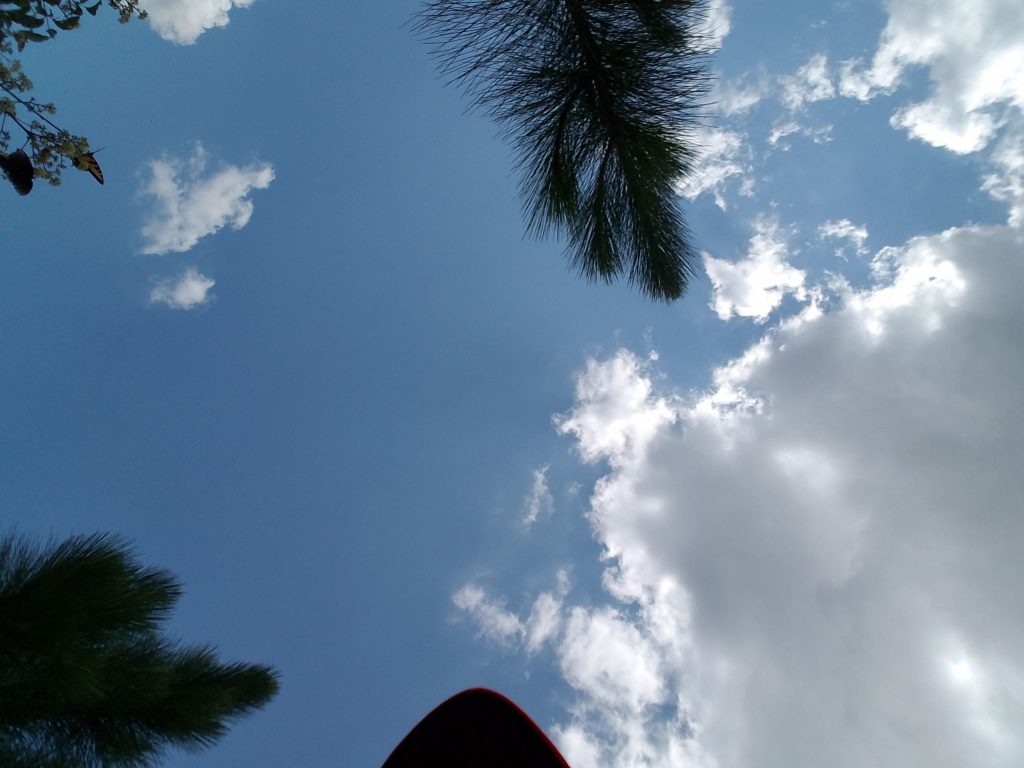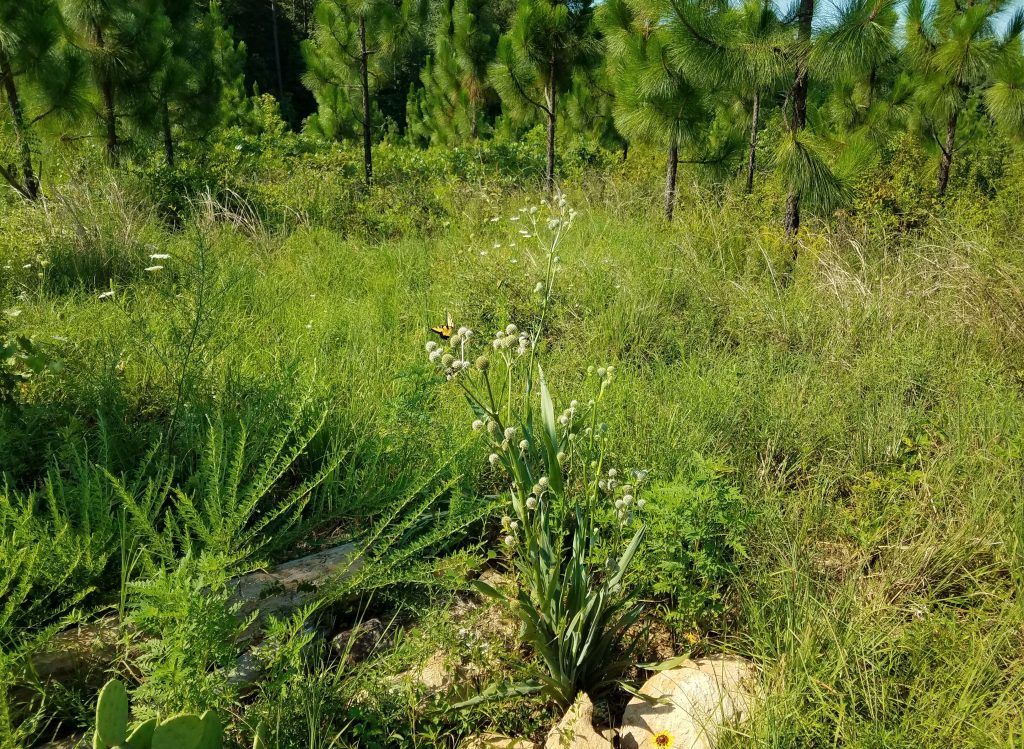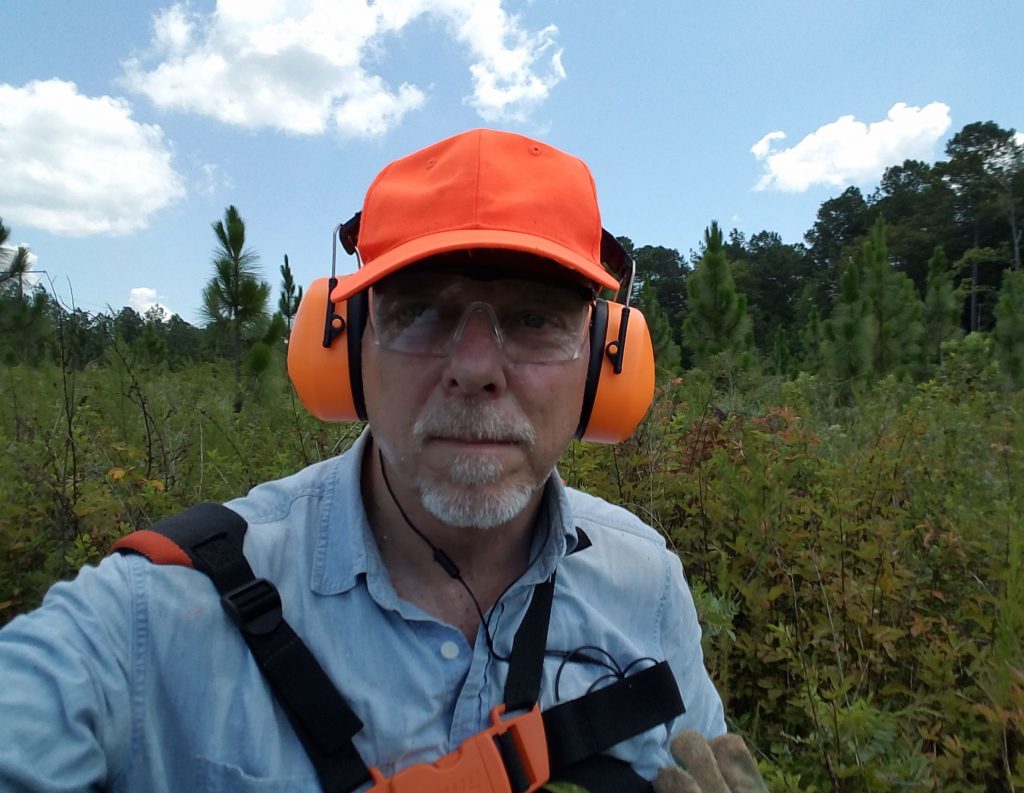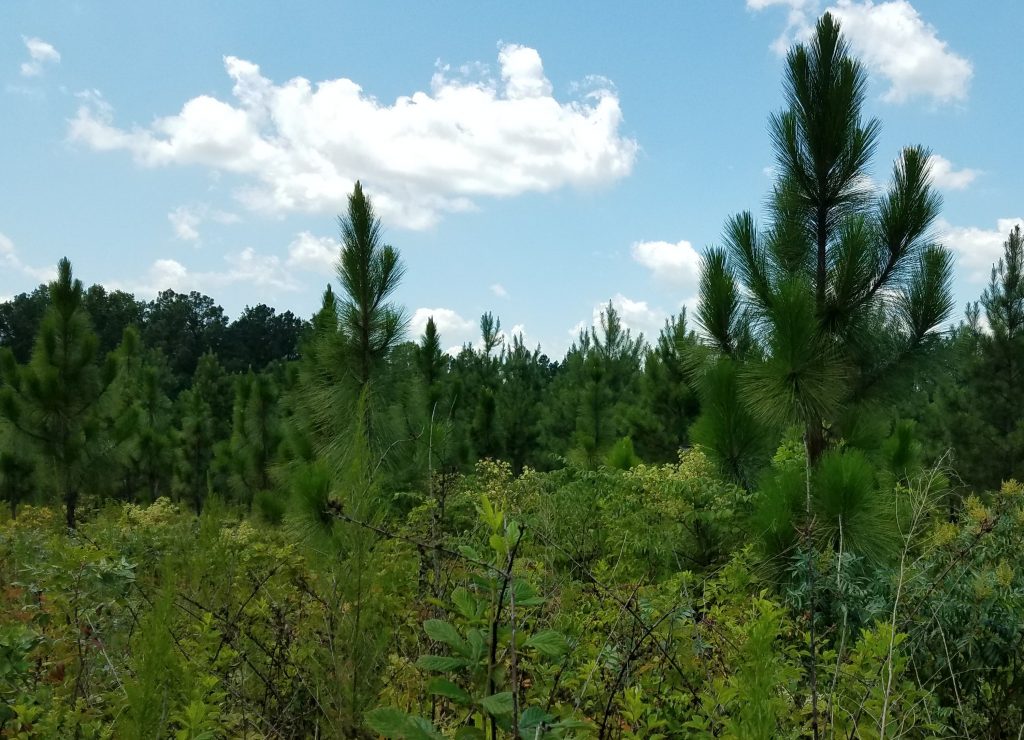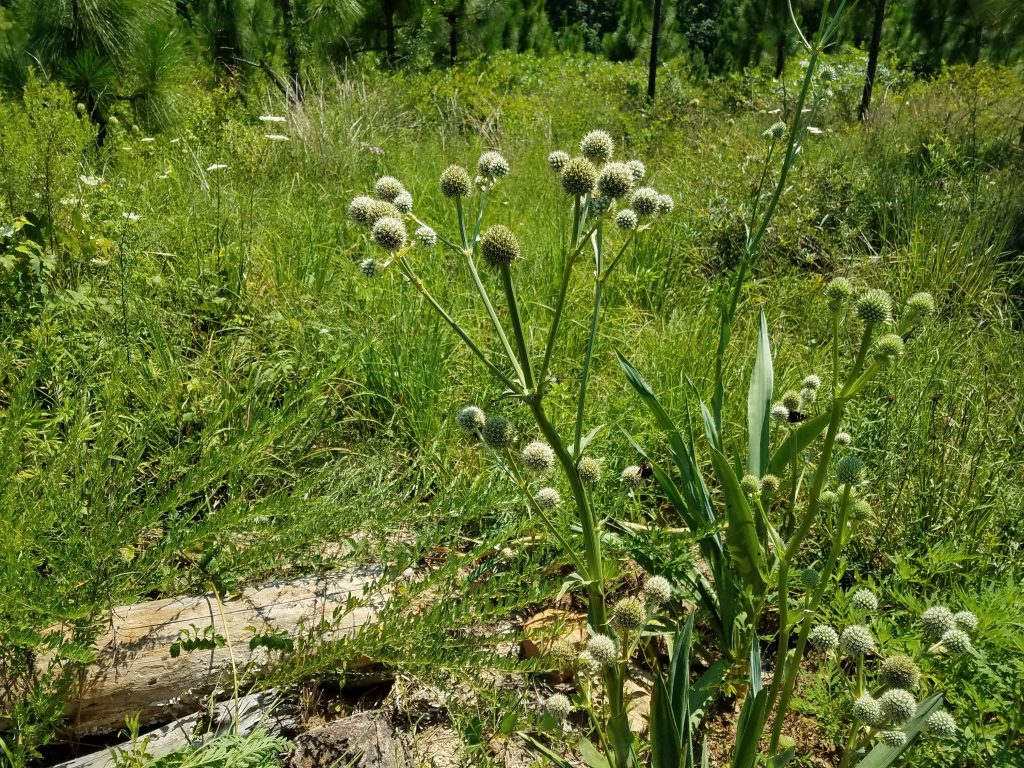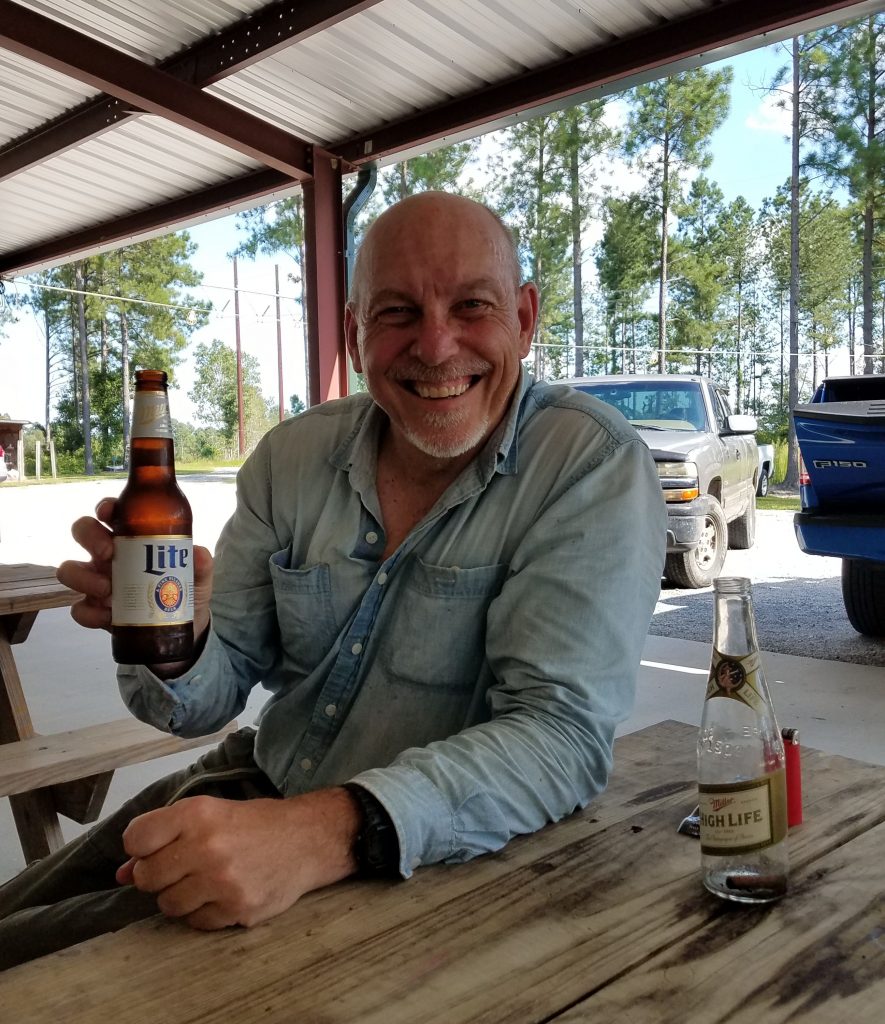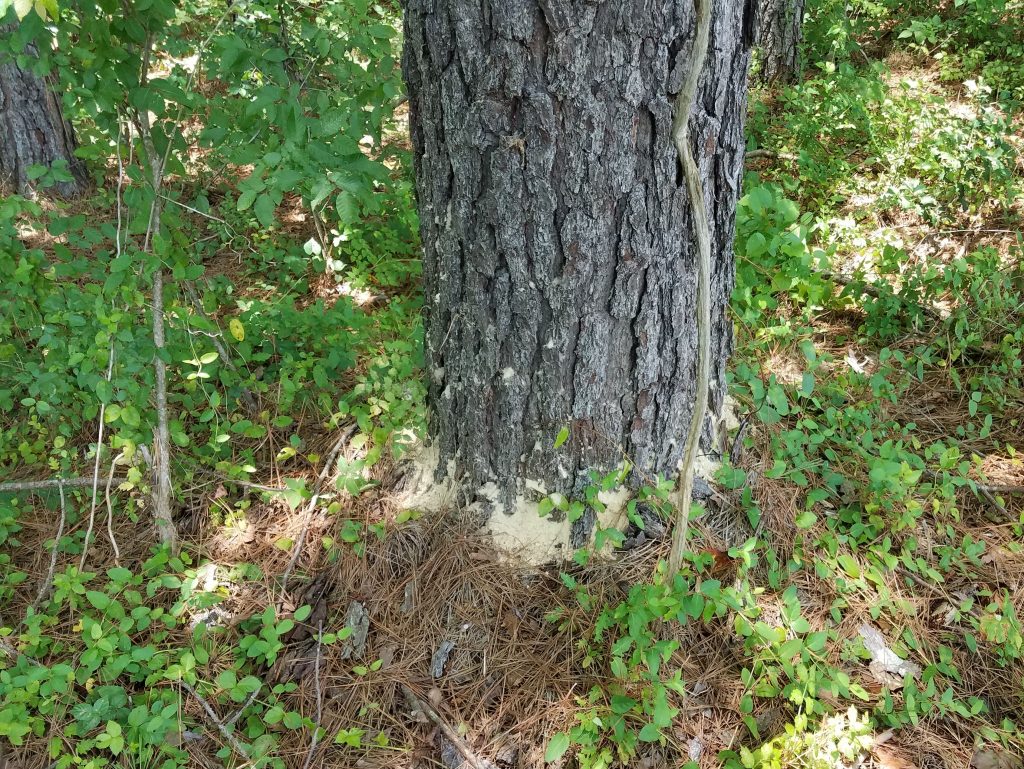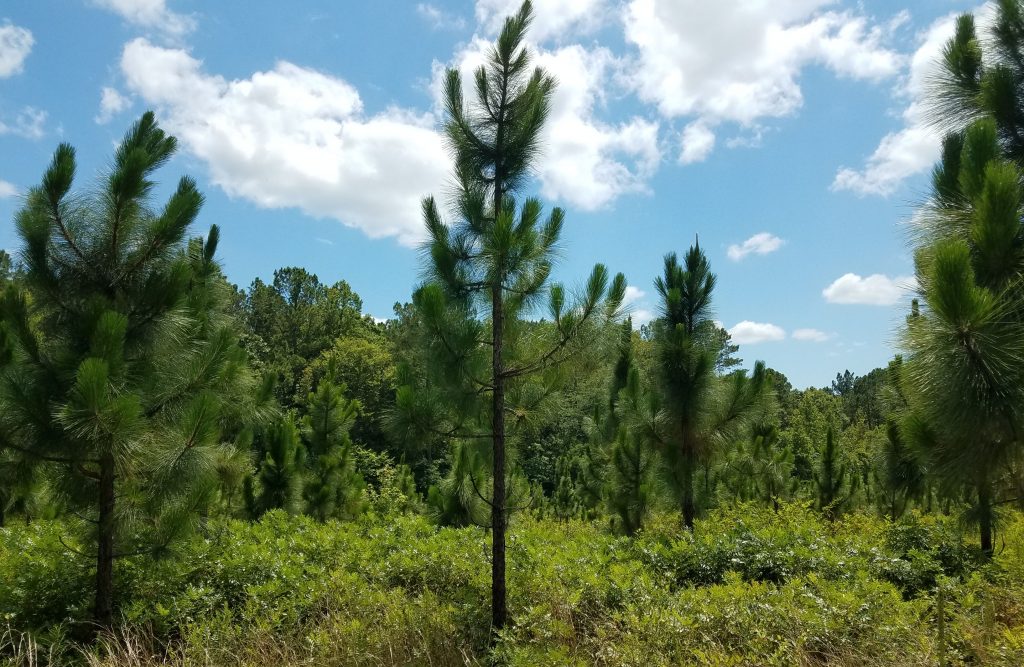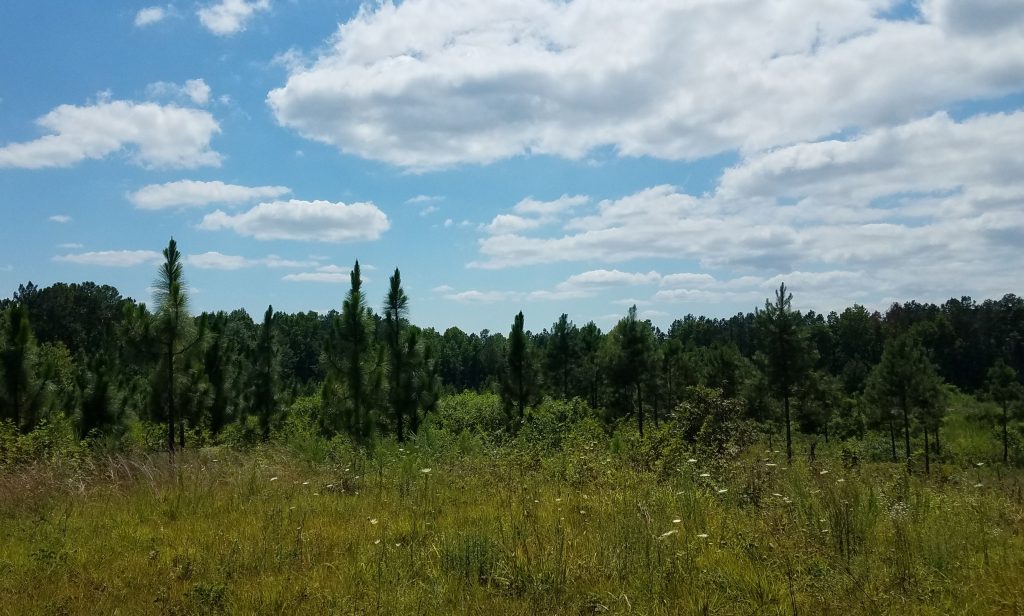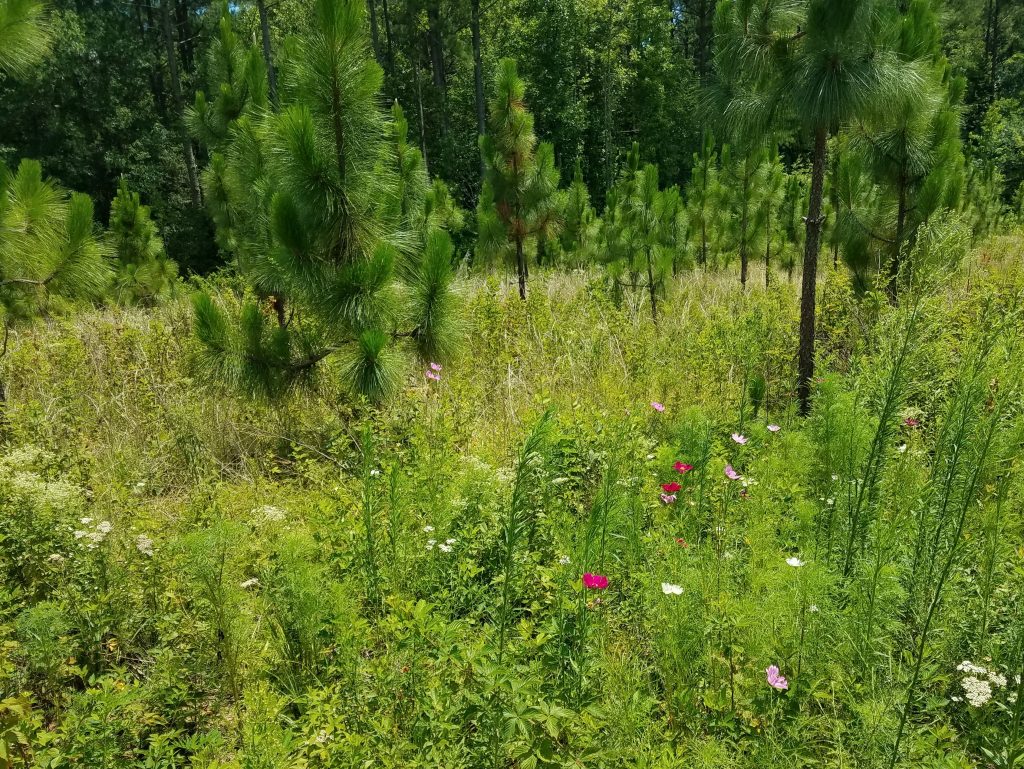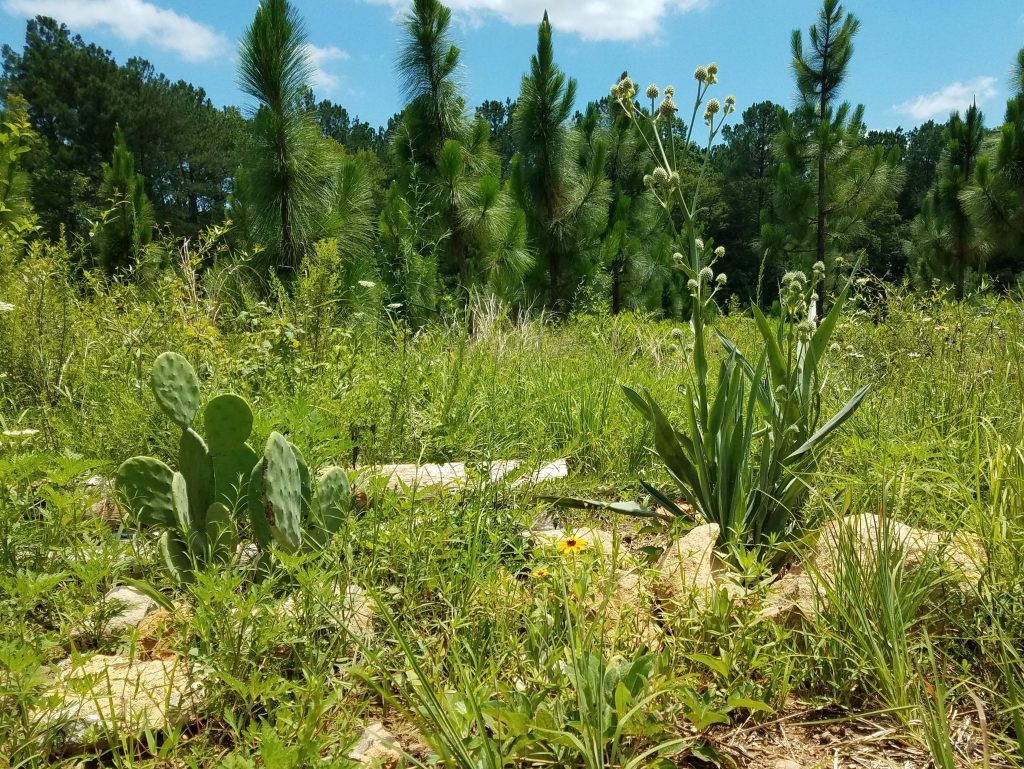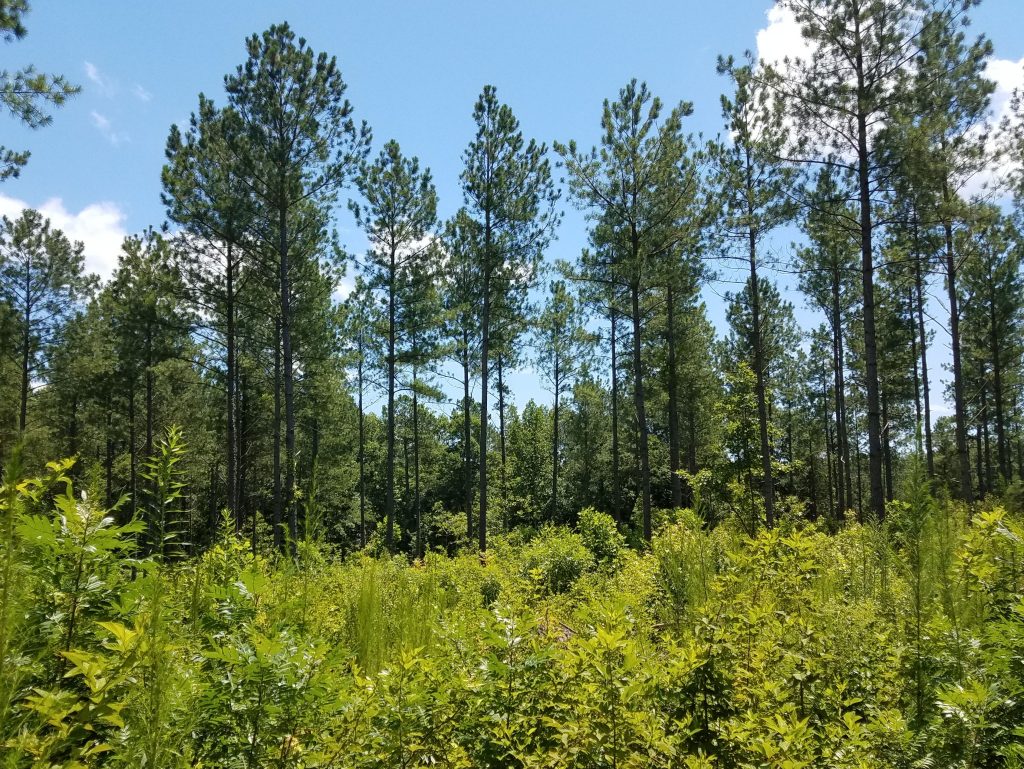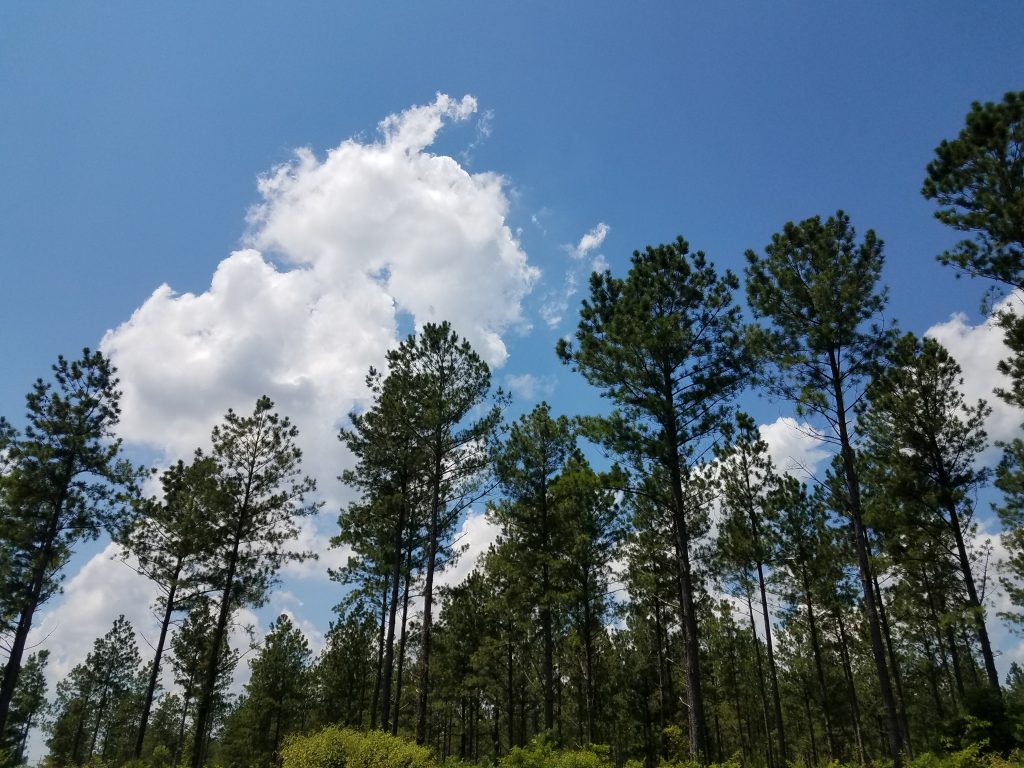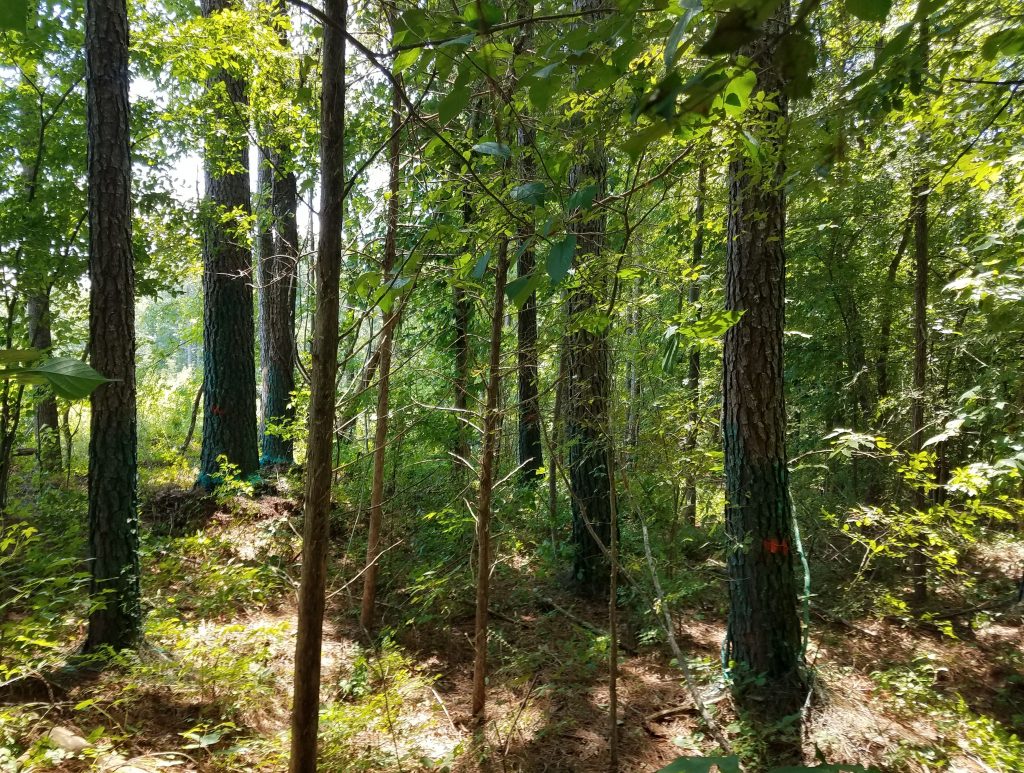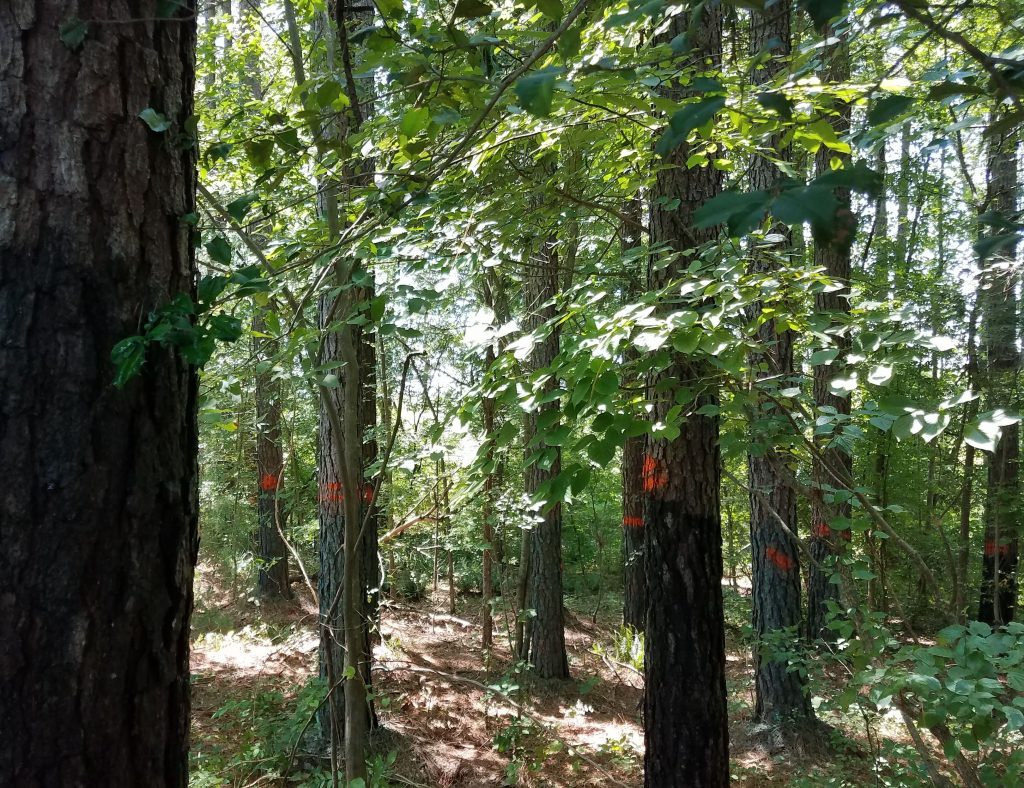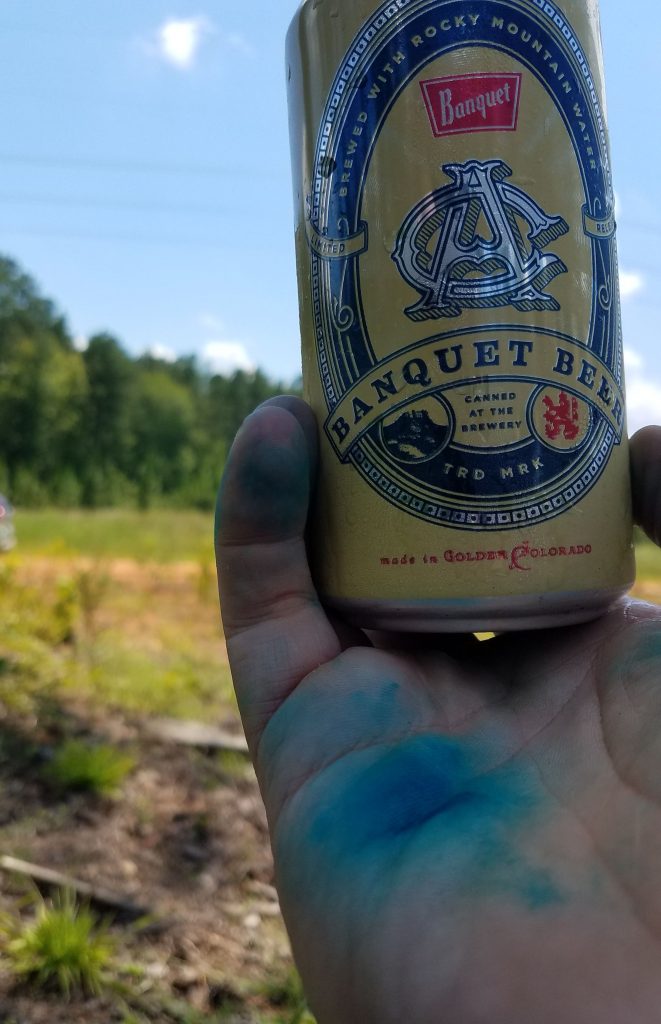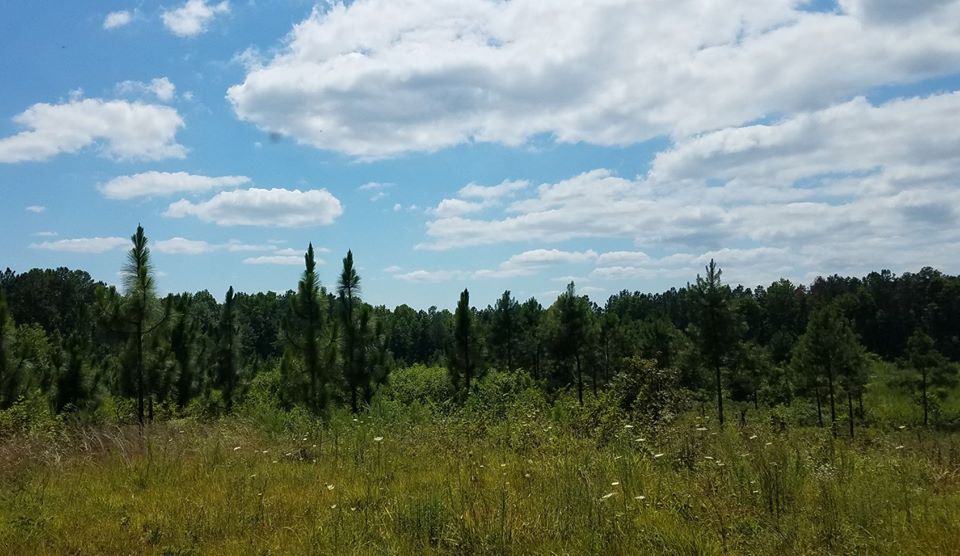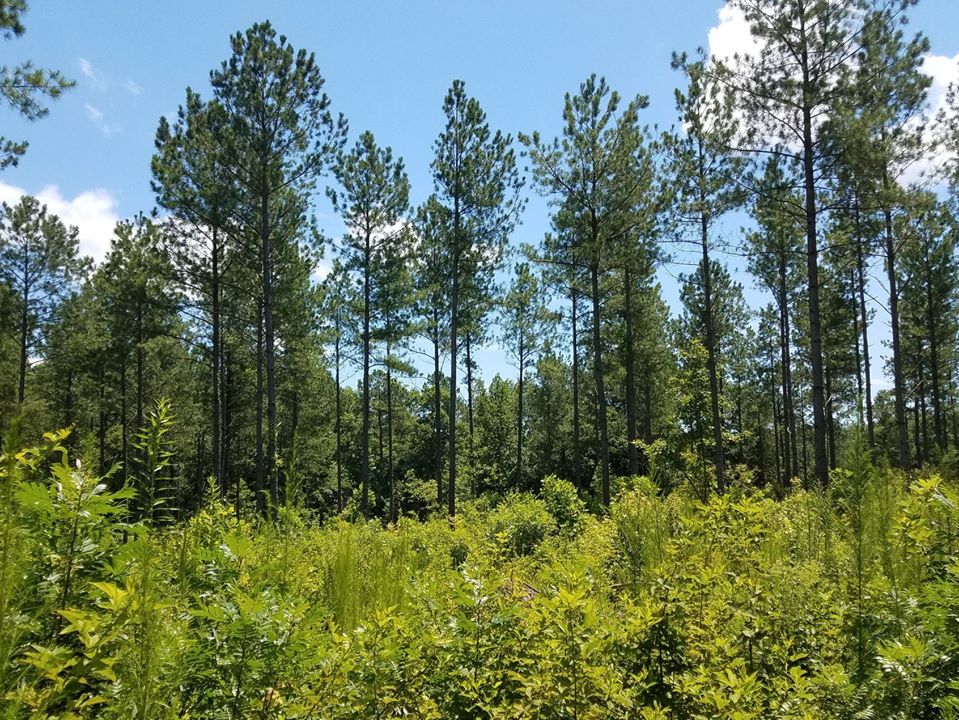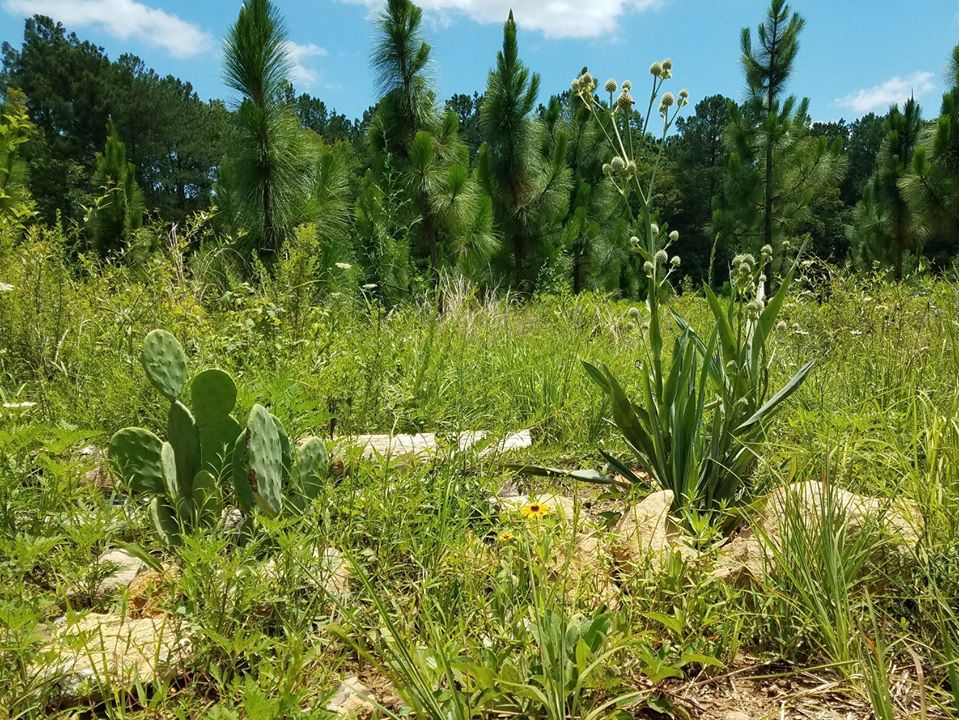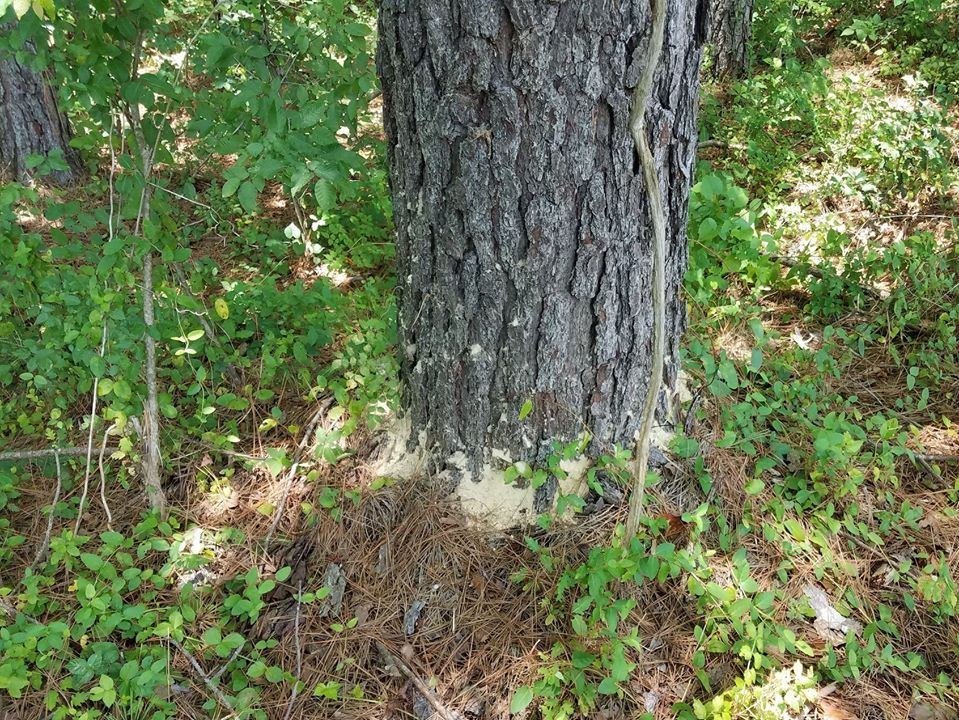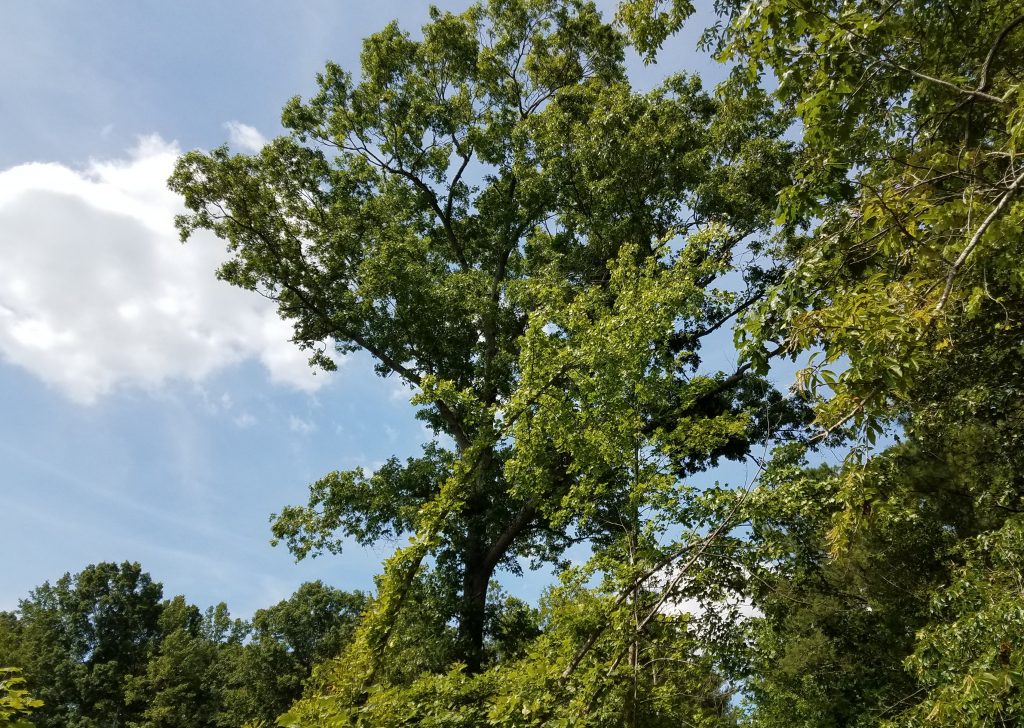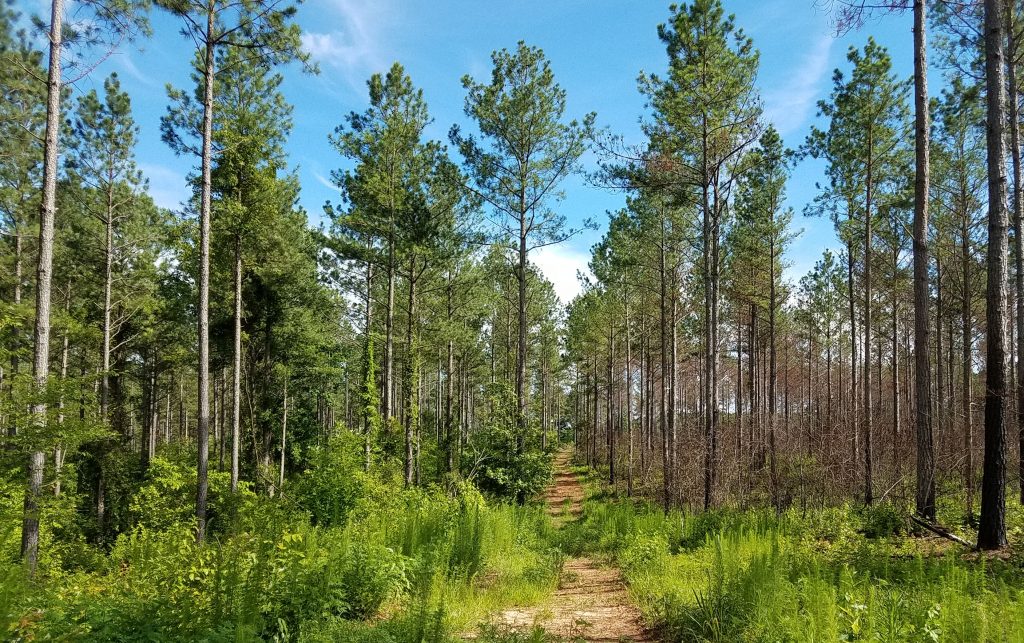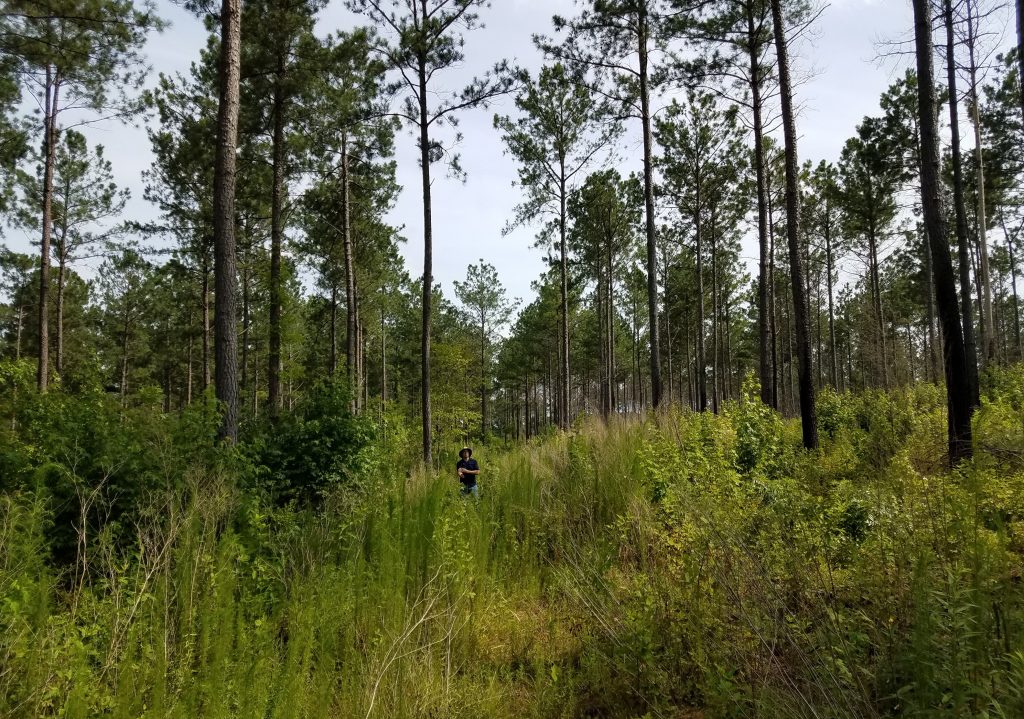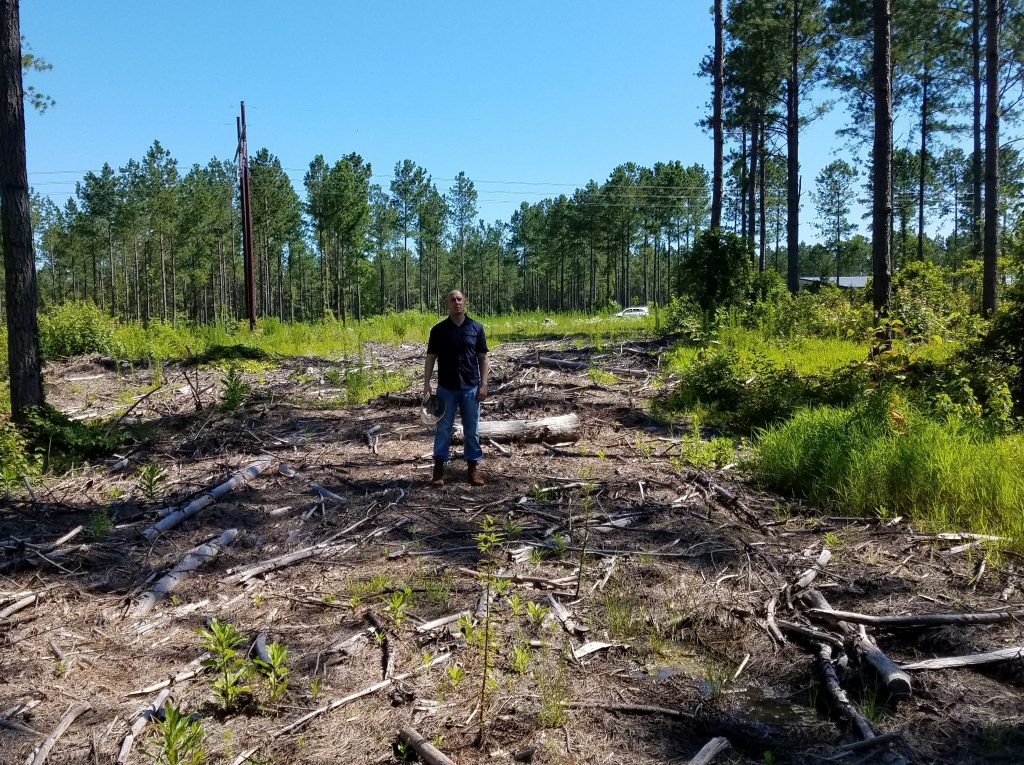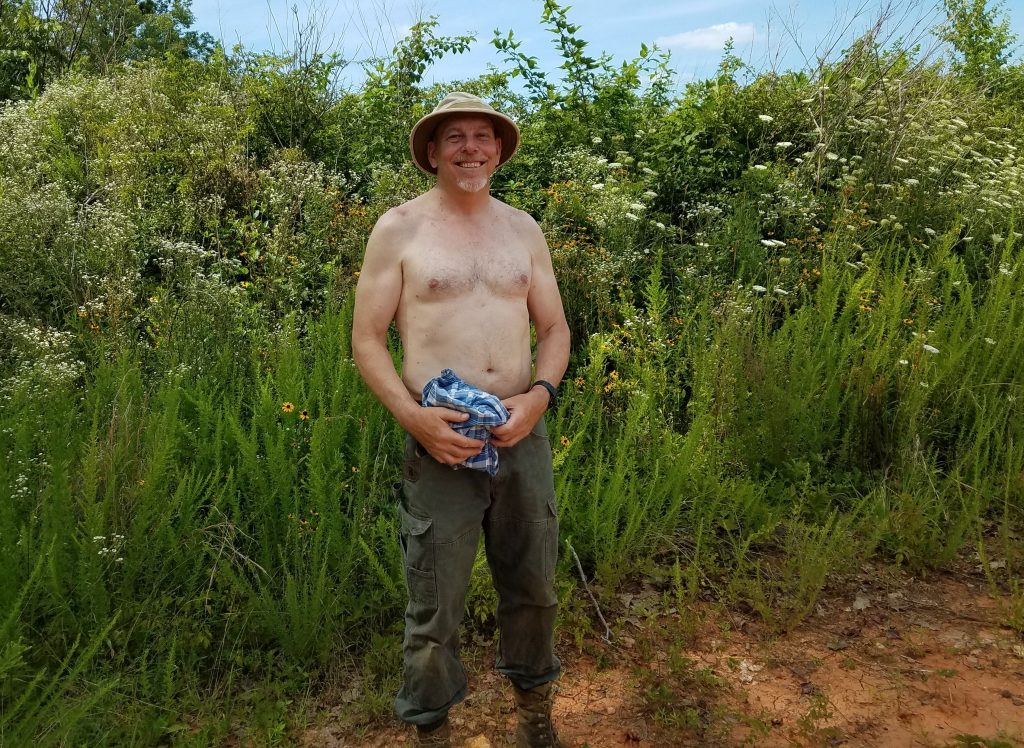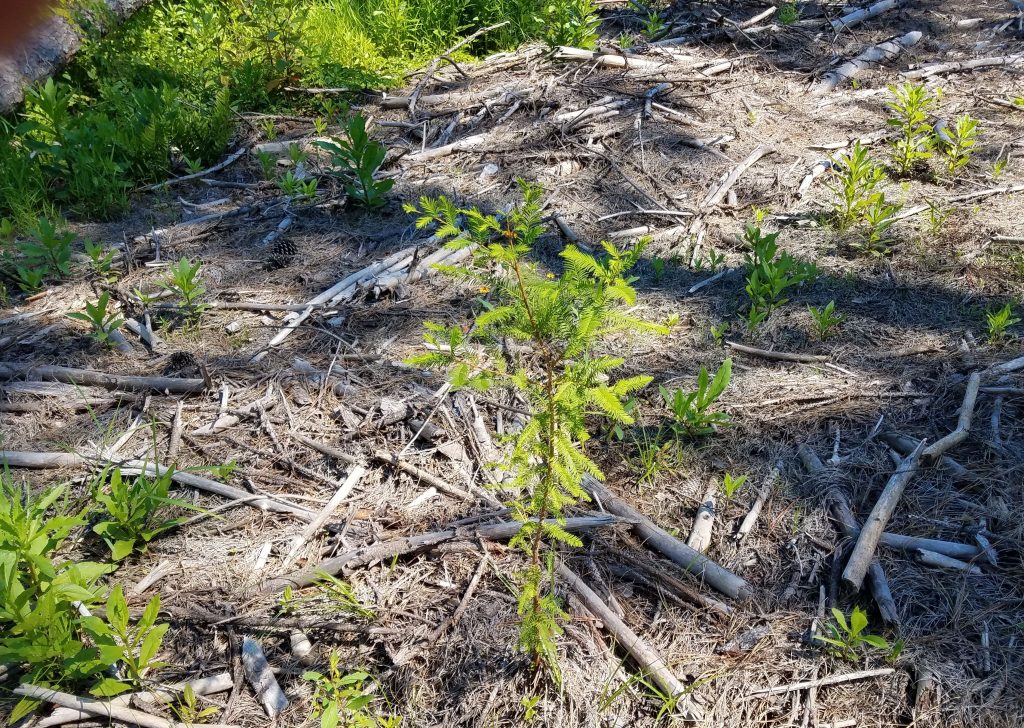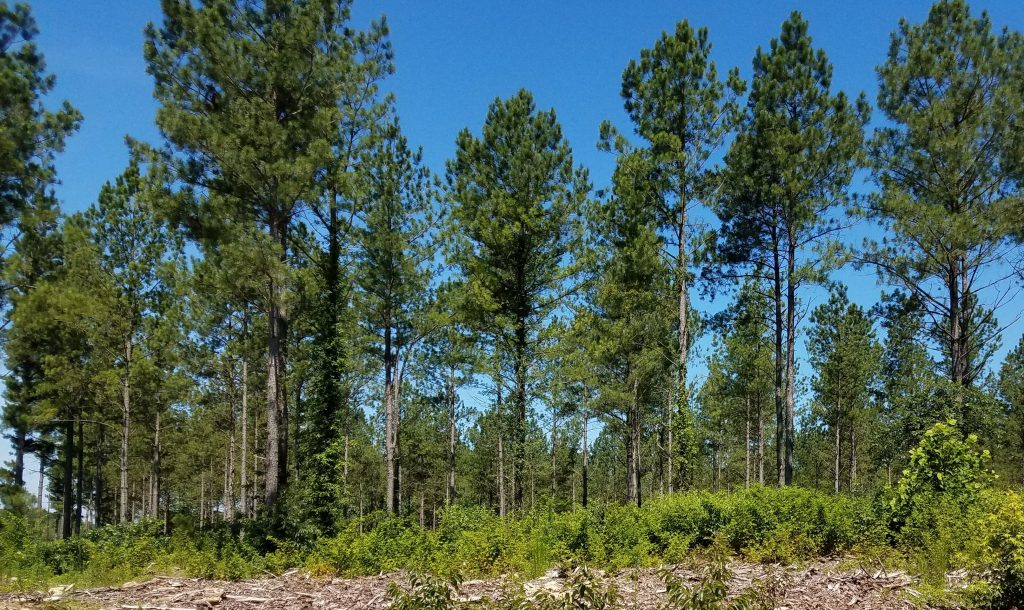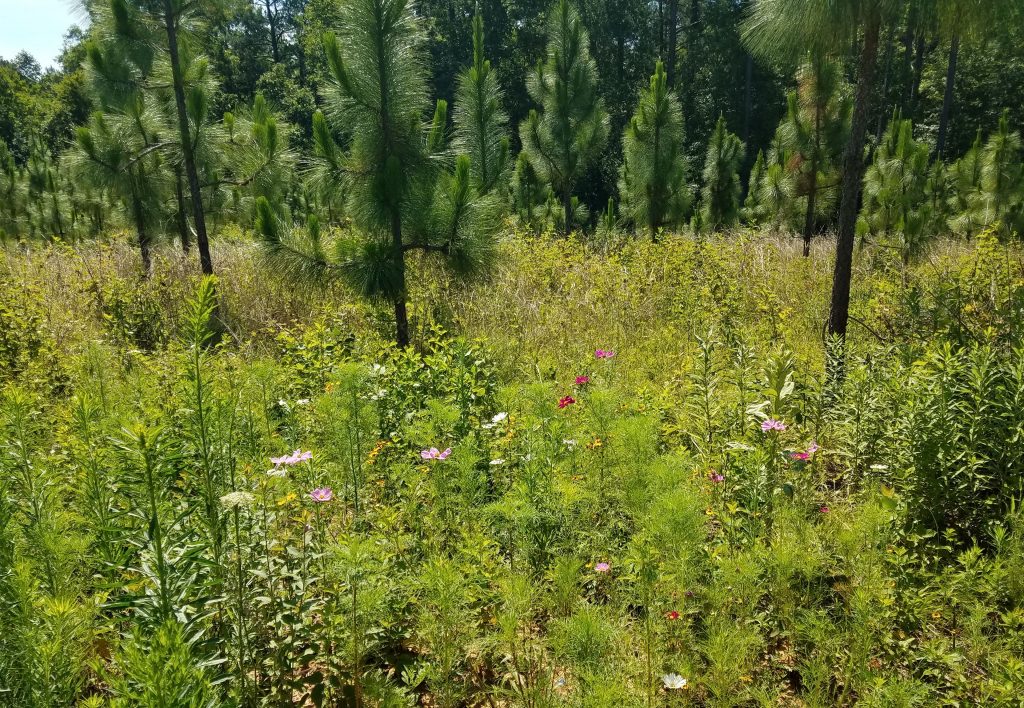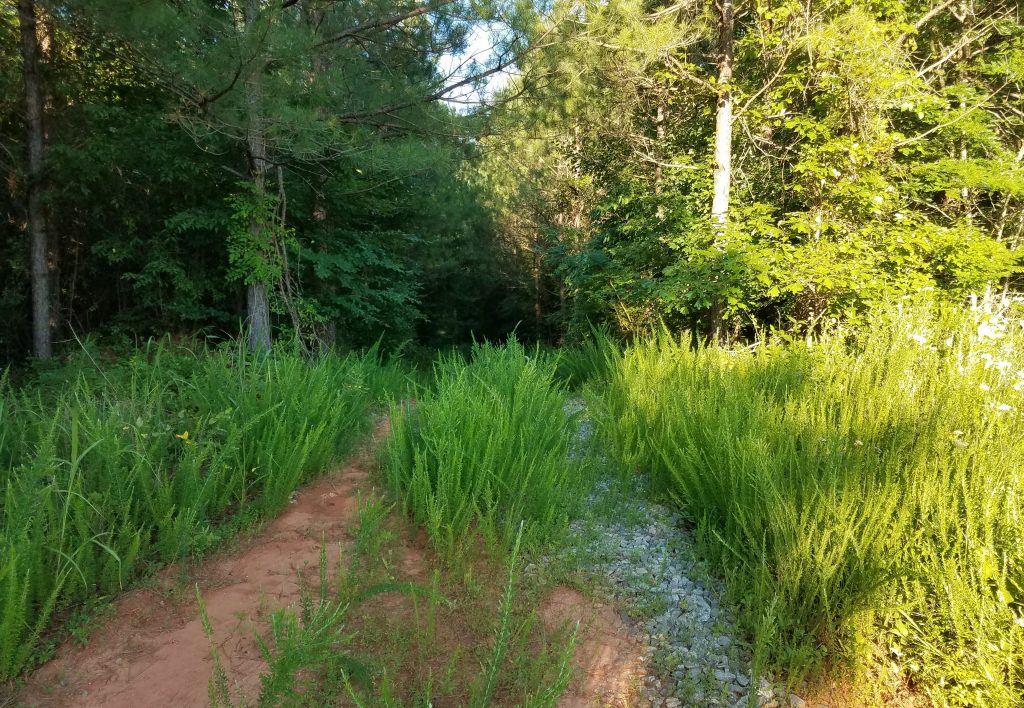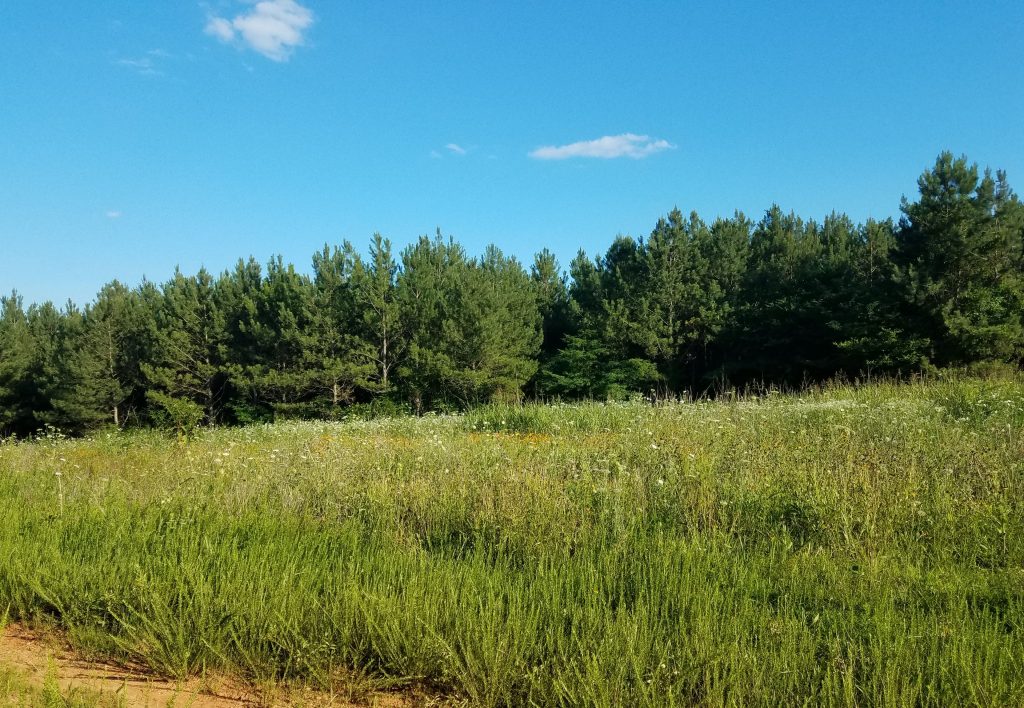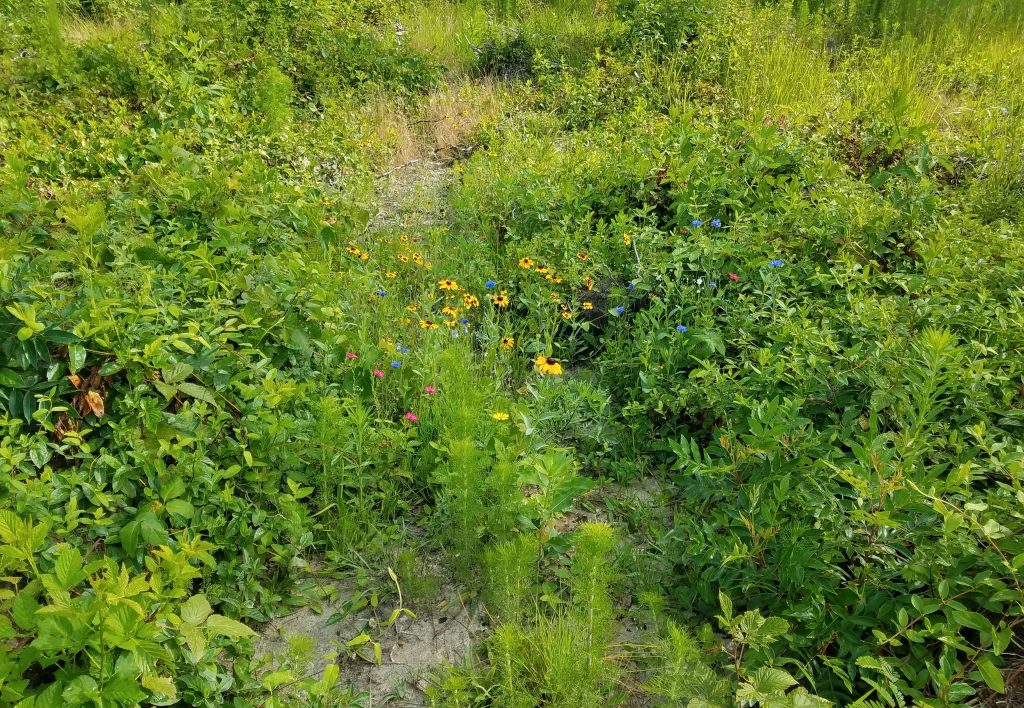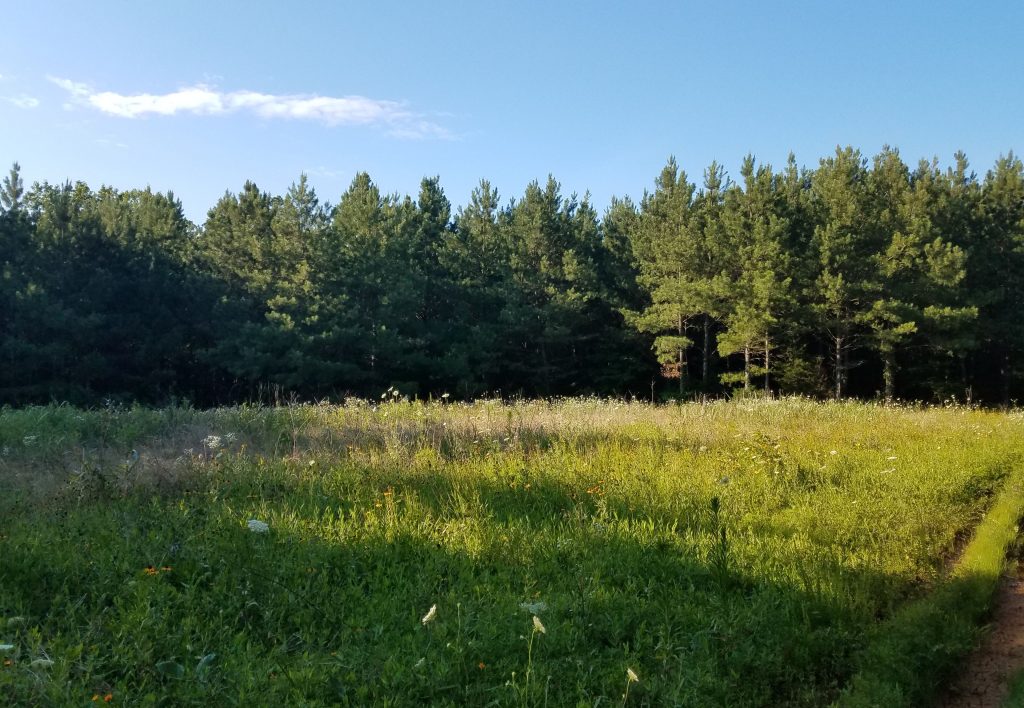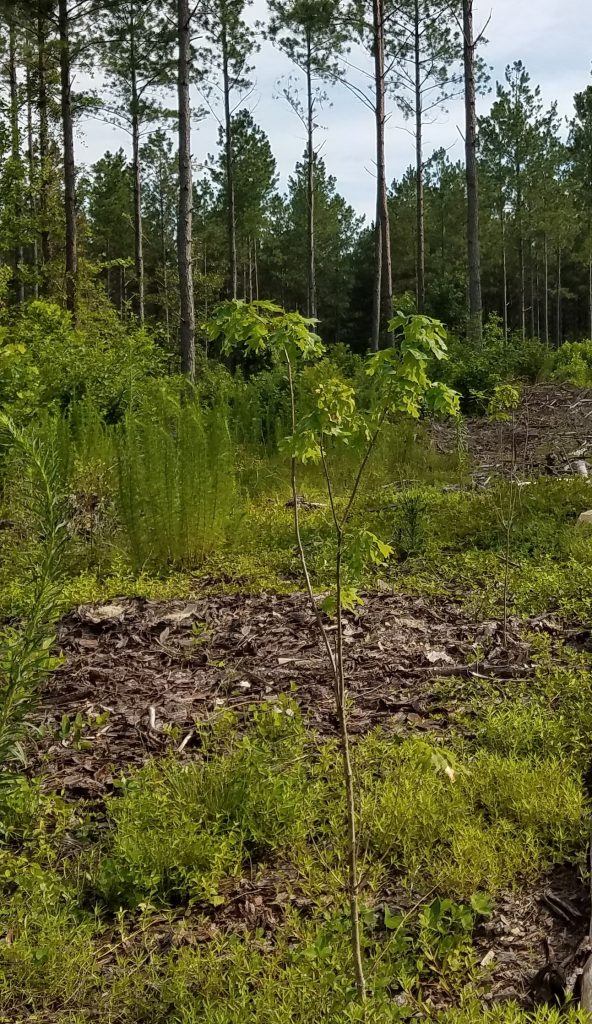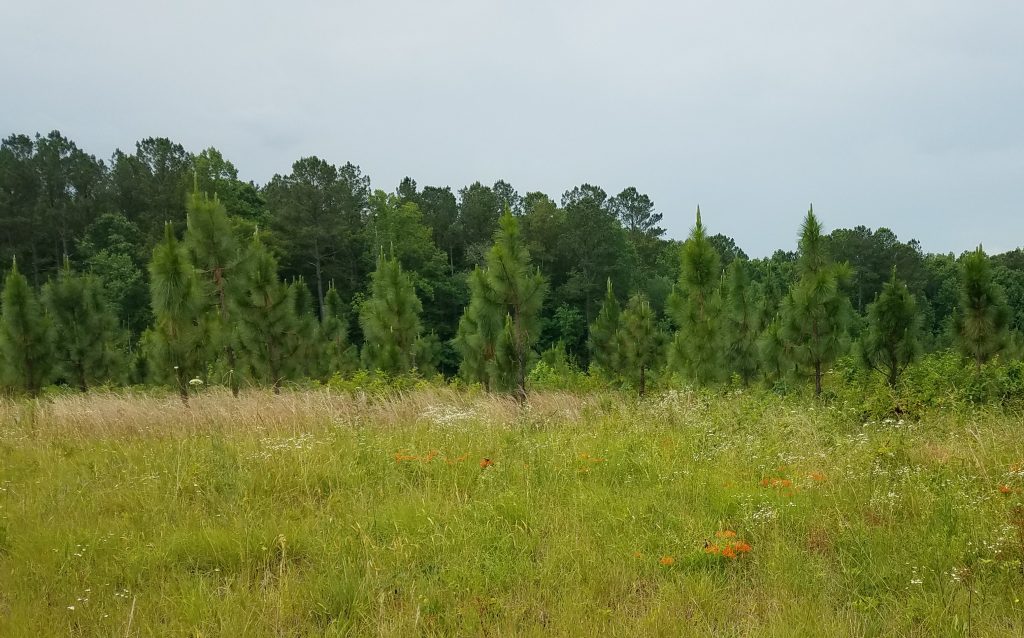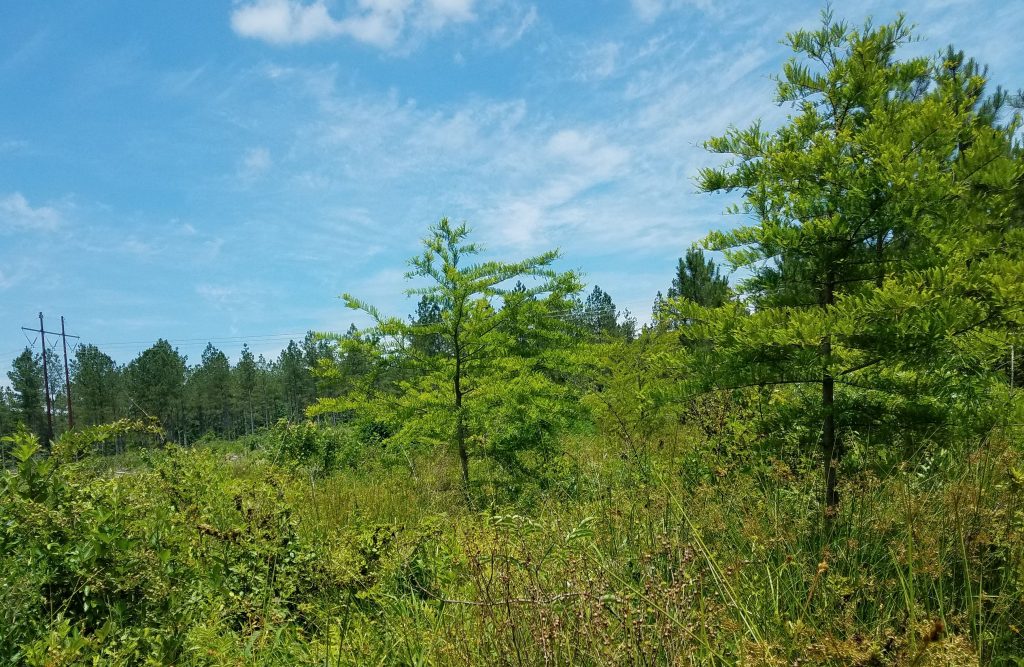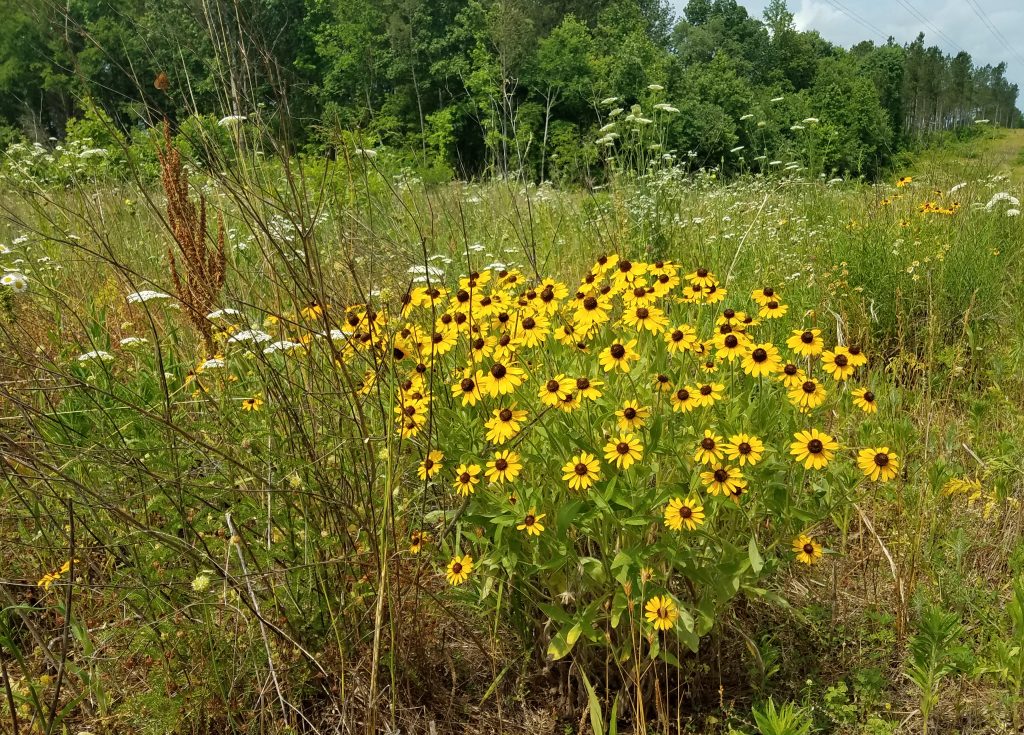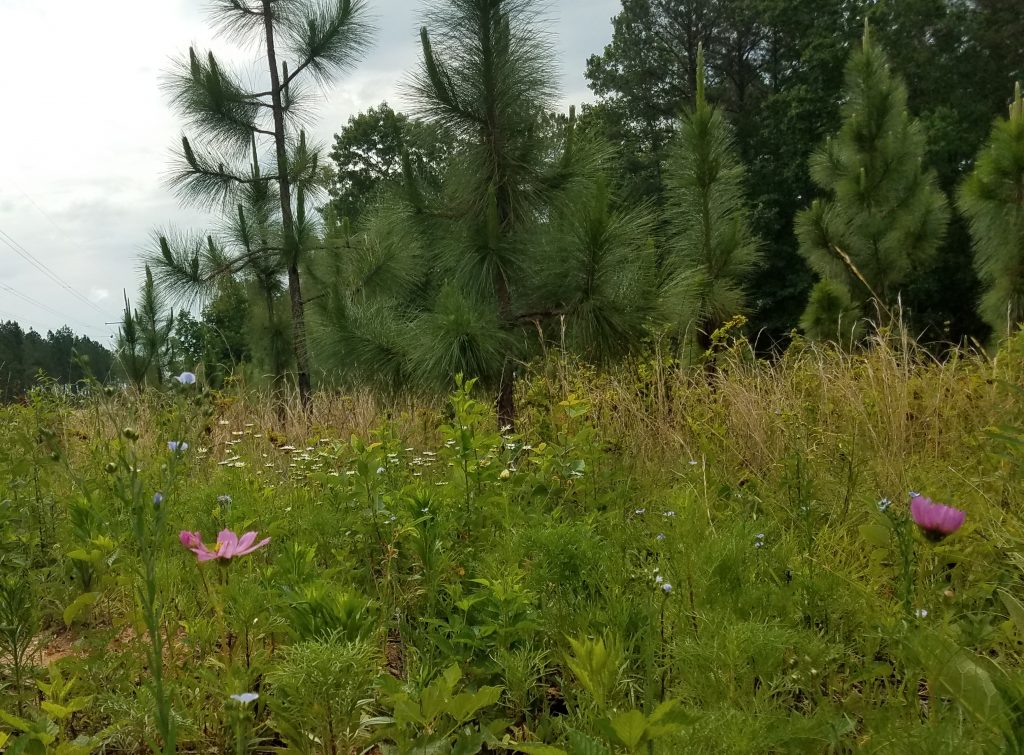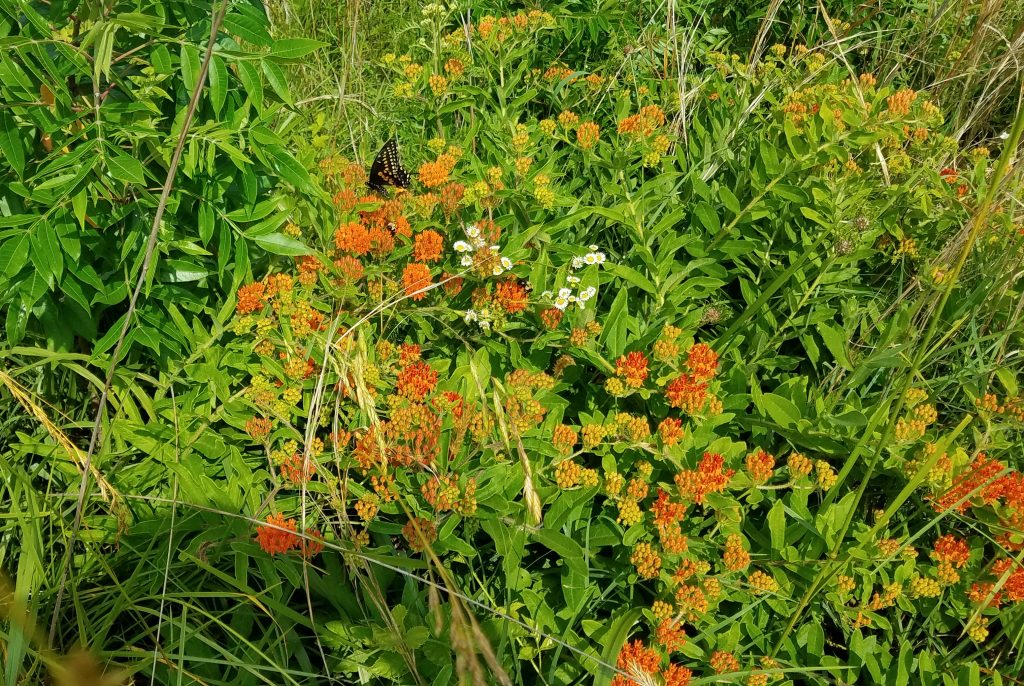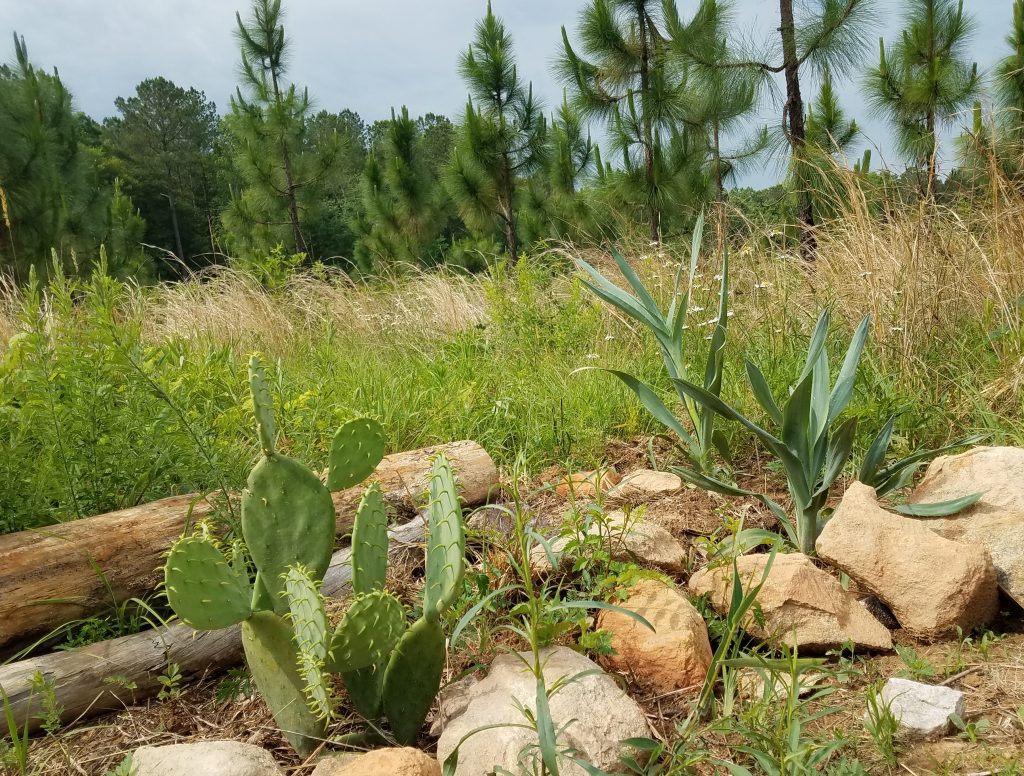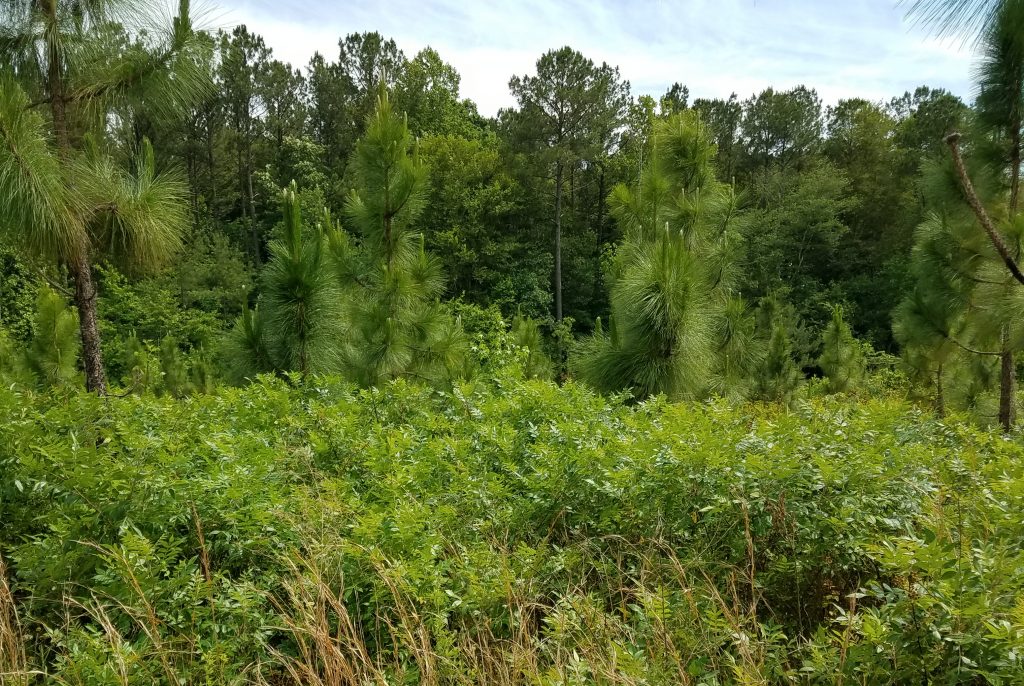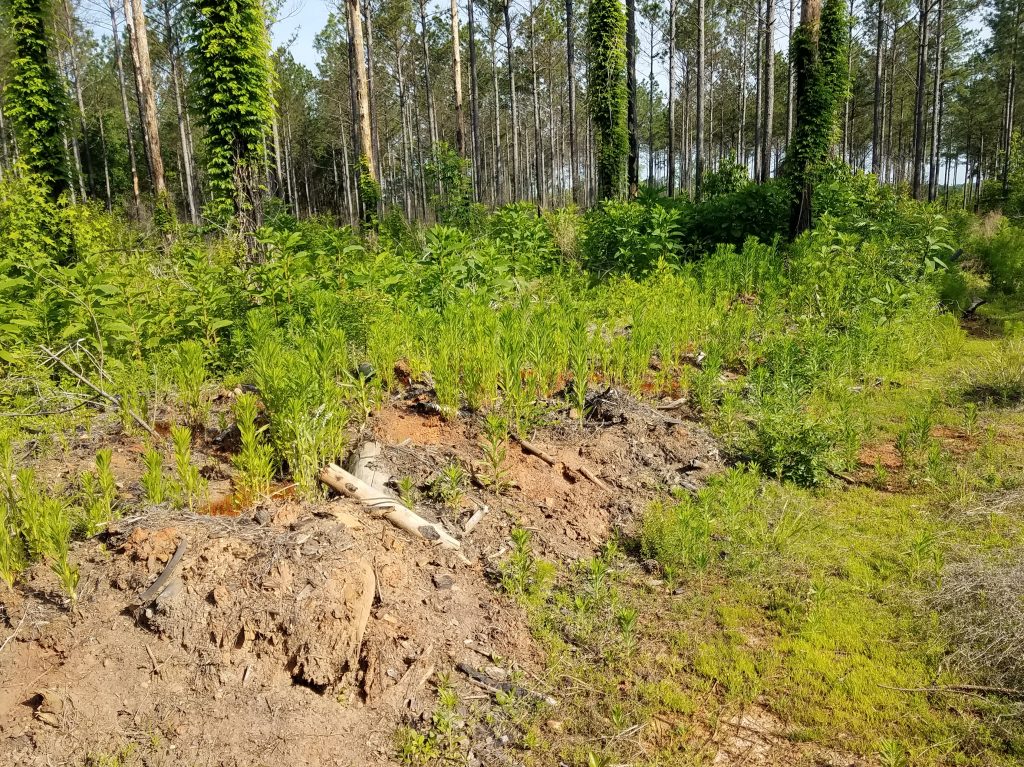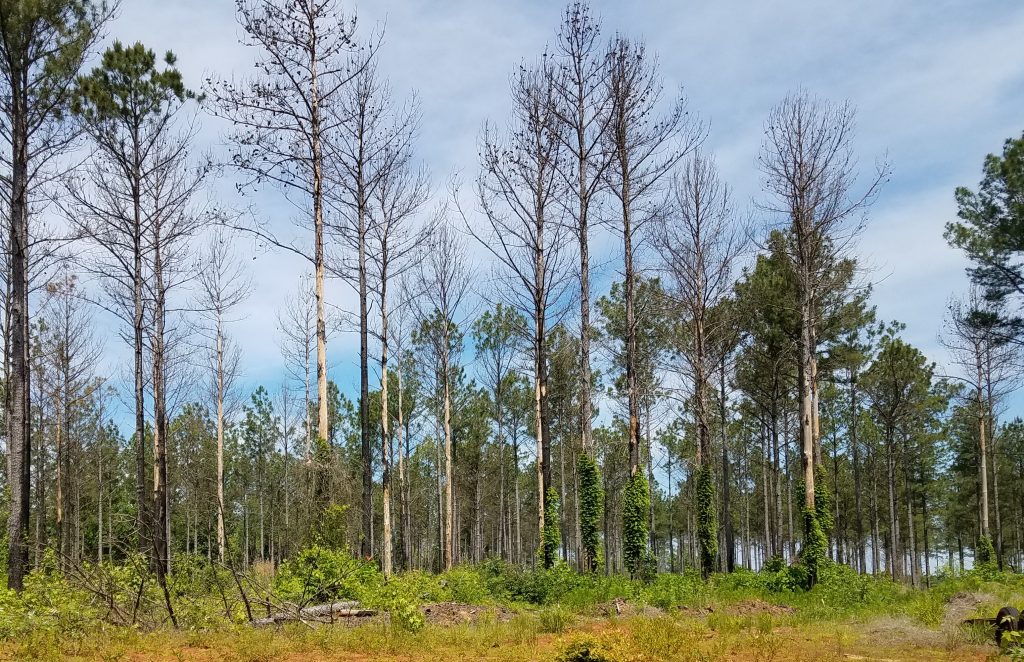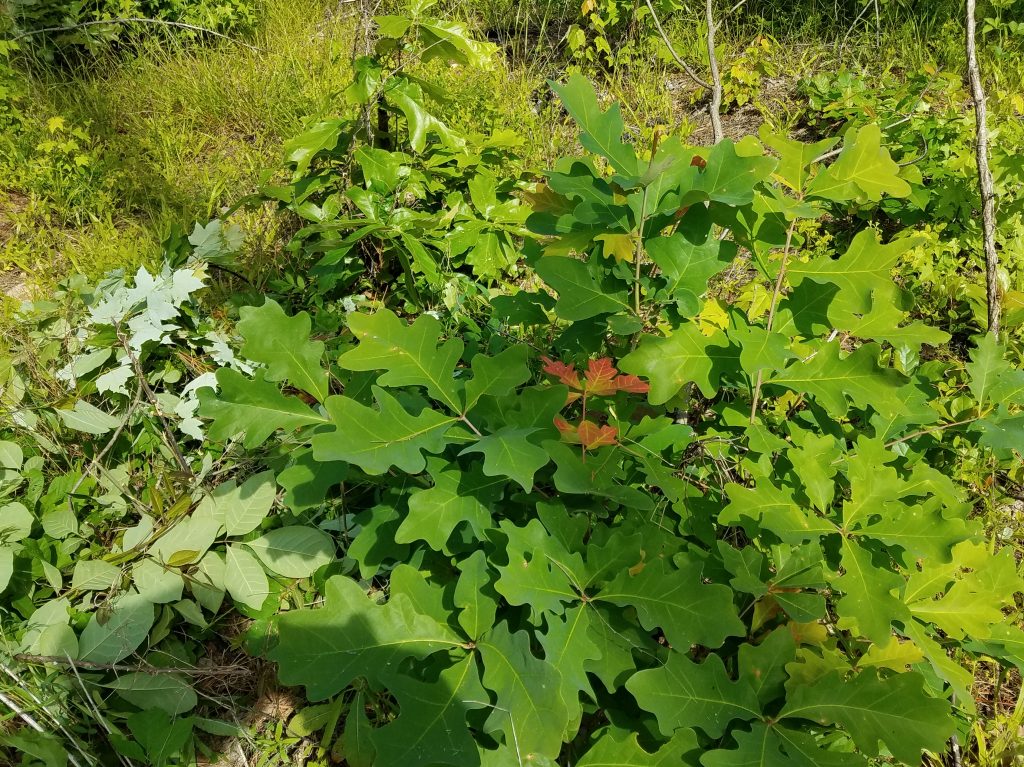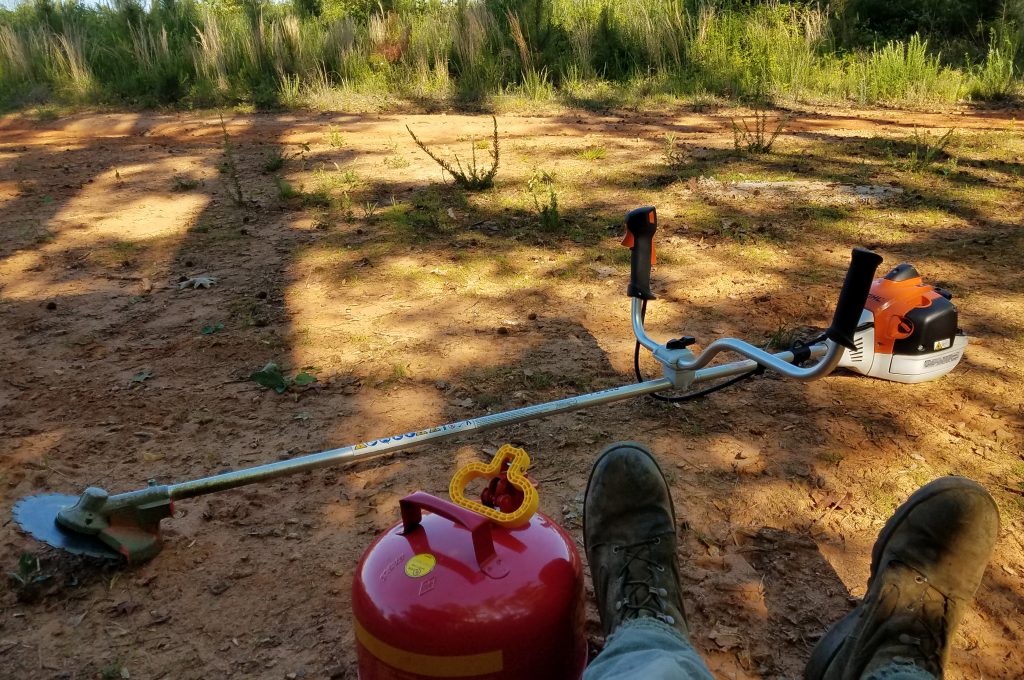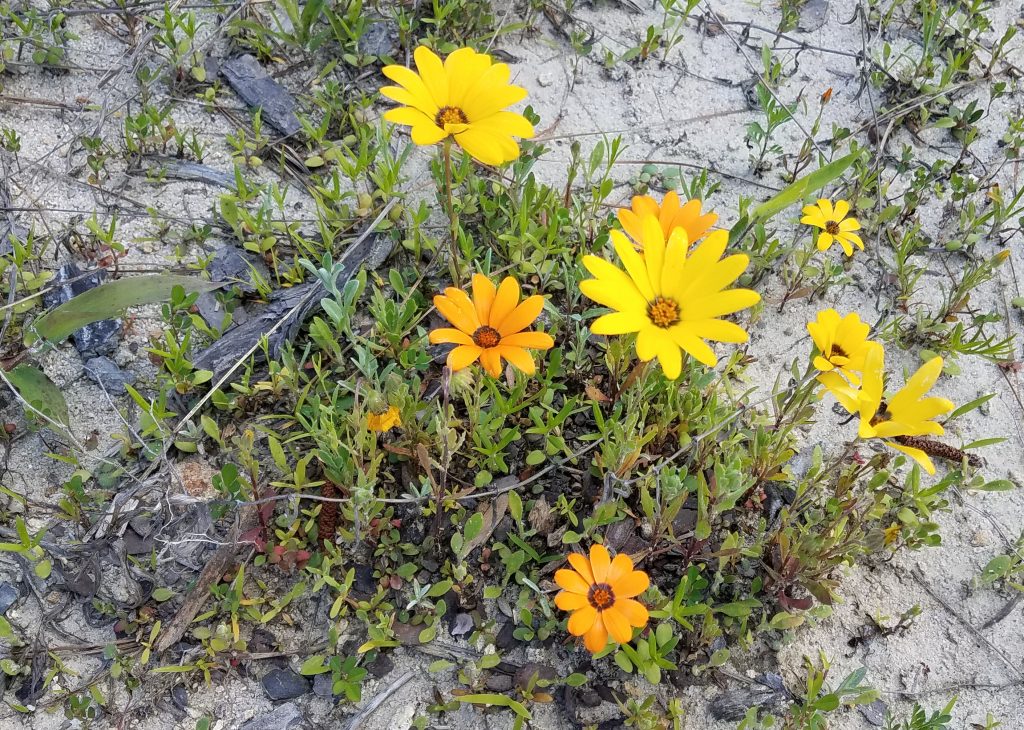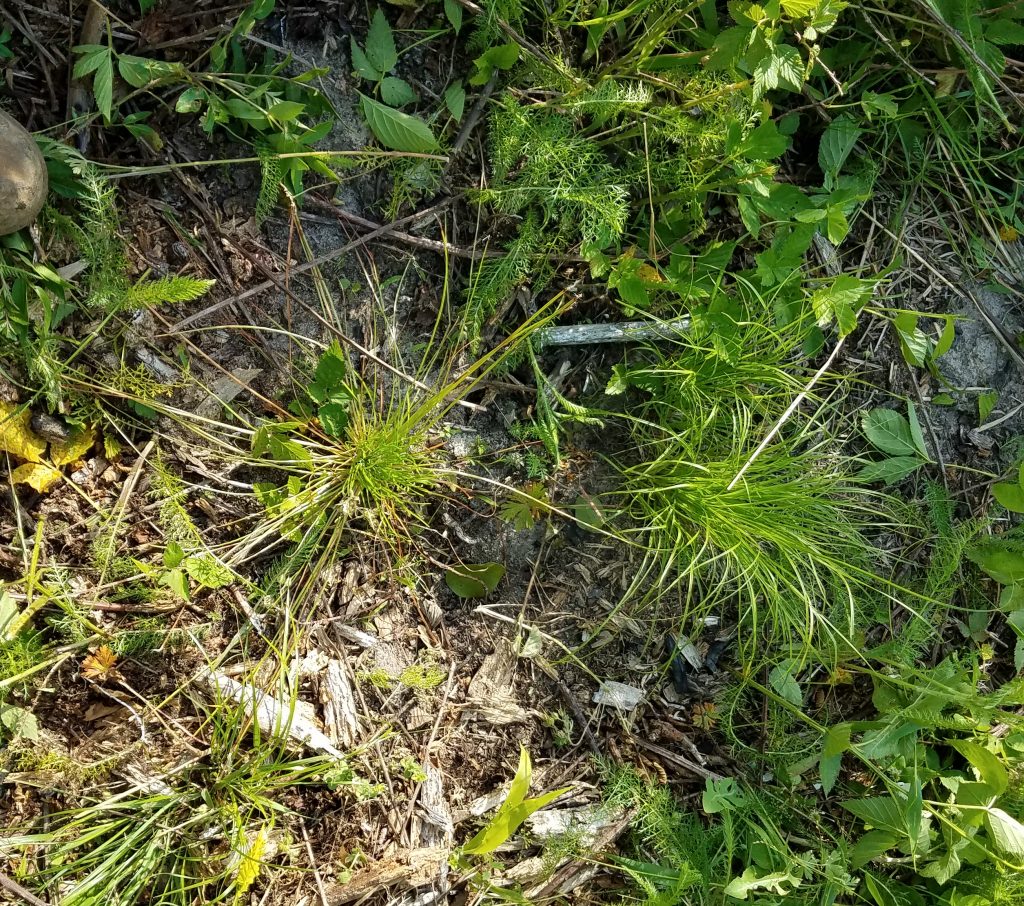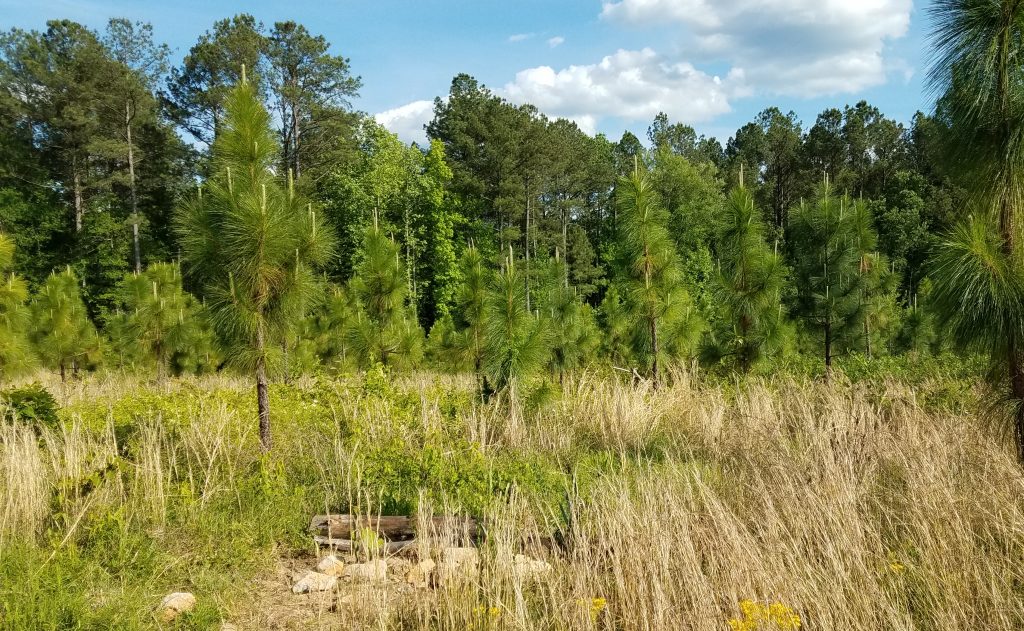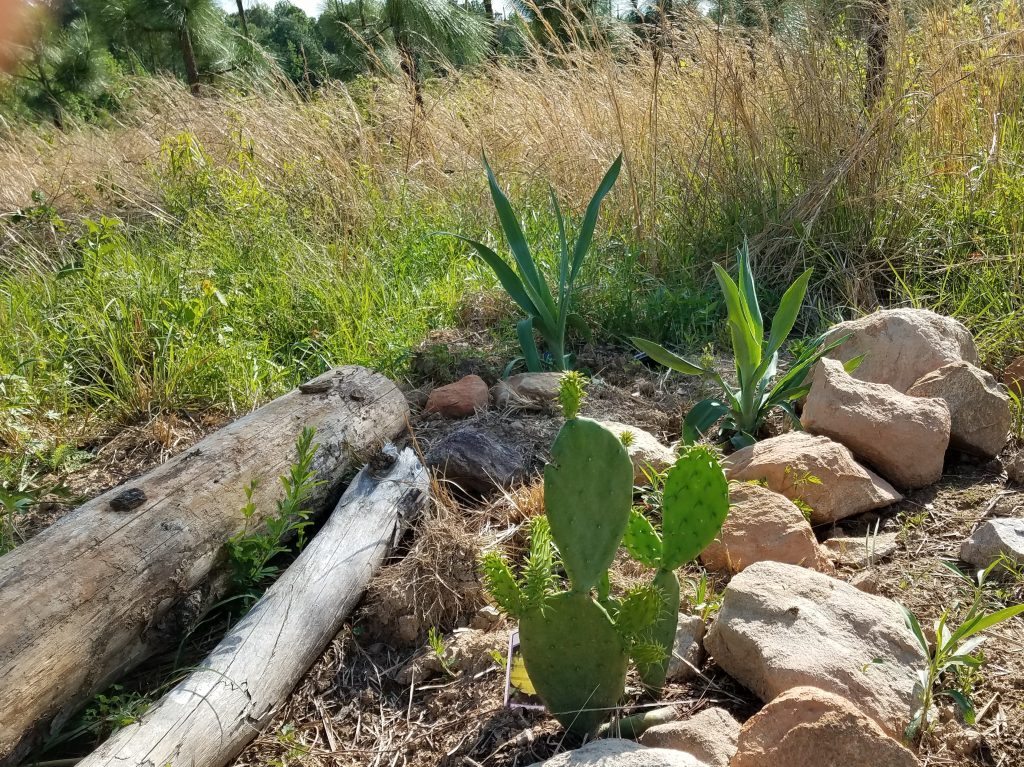Grassy wetlands
To everything there is a season and a time for every purpose under heaven. The more you observe in nature, the more sense that old wisdom seems. Last time on the farms I found the value of the devil’s walking stick, for which I never had much previous use. Last time, they pollinators were swarming those plants and the rattlesnake masters. Today I found that pollinators had moved on to the joe-pye weed. The joe-pye is a perennial plant that loves full sunlight and perpetually moist soil.
The cycle and the swerve
In the shade of the thickly planted 22-year-old trees, these herbaceous plants could not prosper. They waited. When we harvested the 22-year-old loblolly last year, they suddenly had a bonanza of sunlight and water, as the pine trees no longer blocked the sun or sucked up the water. The harvest has created temporary wetlands, temporary because they will dry up again when the forests regrow and demand more water.
Impermanence
Everything is transient and their wonder lies in their impermanence. I am sure the joe-pye were were present but suppressed. Now they burst forth in glory and will do for maybe another 5-7 years. How many times has this cycle repeated?
It was an interesting day weather-wise today. I arrived at the farms around 8am. It was partly cloudy and already hot and humid. I got through two rounds of cutting and was taking a break with my can of Coors when I notice the wind was cool. I heard the thunder and noticed the storm clouds rolling in. It dripped for a few minutes and then poured down a Noah-level cloudburst. This lasted for around 45 minutes, followed by intermittent rain for maybe an hour more. After all that, we got more glorious sunshine.
Dog fennel – What is it good for?
I spent the last hour of the day, and my last tank of gas for my cutter, going after an obnoxious patch of dog fennel. It was thickly covering several hundred yards of former fire break. I know that dog fennel must be good for something, but I don’t know for what. It smells bad. It is of no use to pollinators. Birds don’t like it; deer won’t eat it. It is kinda the a-hole of the plant community, and it grows profusely enough to block paths. It gets 7-8 feet tall in one season. At least it doesn’t have thorns. I cut a path through on Brodnax it for our next fire run. I expect it will grow back next year.
Quail forever
After the day’s work was done, Adam Smith invited me to a meeting of a local Quail Forever meeting. People who love quail love quail with real passion. Quail used to be very common in Virginia. They are not endangered now, but there are not as many. A couple reasons for that. One is a “good” reason. There is less disturbed land. Quail thrive in early succession habitats. As our forests have matured, there is less quail habitat. The other has to do with the culture of agriculture. Used to be that farms were messier. There was a lot of tall grass and weeds along fence lines and roads. Quail like this mess. More mowers and chemical herbicides have changed that. Maybe just let it go. Sometimes doing less is better.
I have fallen & I can’t get up
One last little story. When I was working among the joe-pye and the cypress, I wore my knee-high rubber boots, since there was a lot of mud and water. There was more than I thought. I stepped onto what I though was marshy grass only to sink into water above my boots. I awkwardly stood with my cutter strapped to my shoulder as my boots filled with water. I had to laugh. I kept on thinking of that commercial, “I have fallen, and I can’t get up.” For a little while I thought that might be me.
First two pictures are the joe-pye wetlands. Next shows the storm rolling into my longleaf, followed by looking the other way at the loblolly. Last is the bald cypress on Diamond Grove. That is one of my “personal” trees. I planted it in 2007 and have tried to protect it from the vicissitudes of fortune. It is getting big enough not to need that protection. I thought the picture was cool. It has a primeval character.

